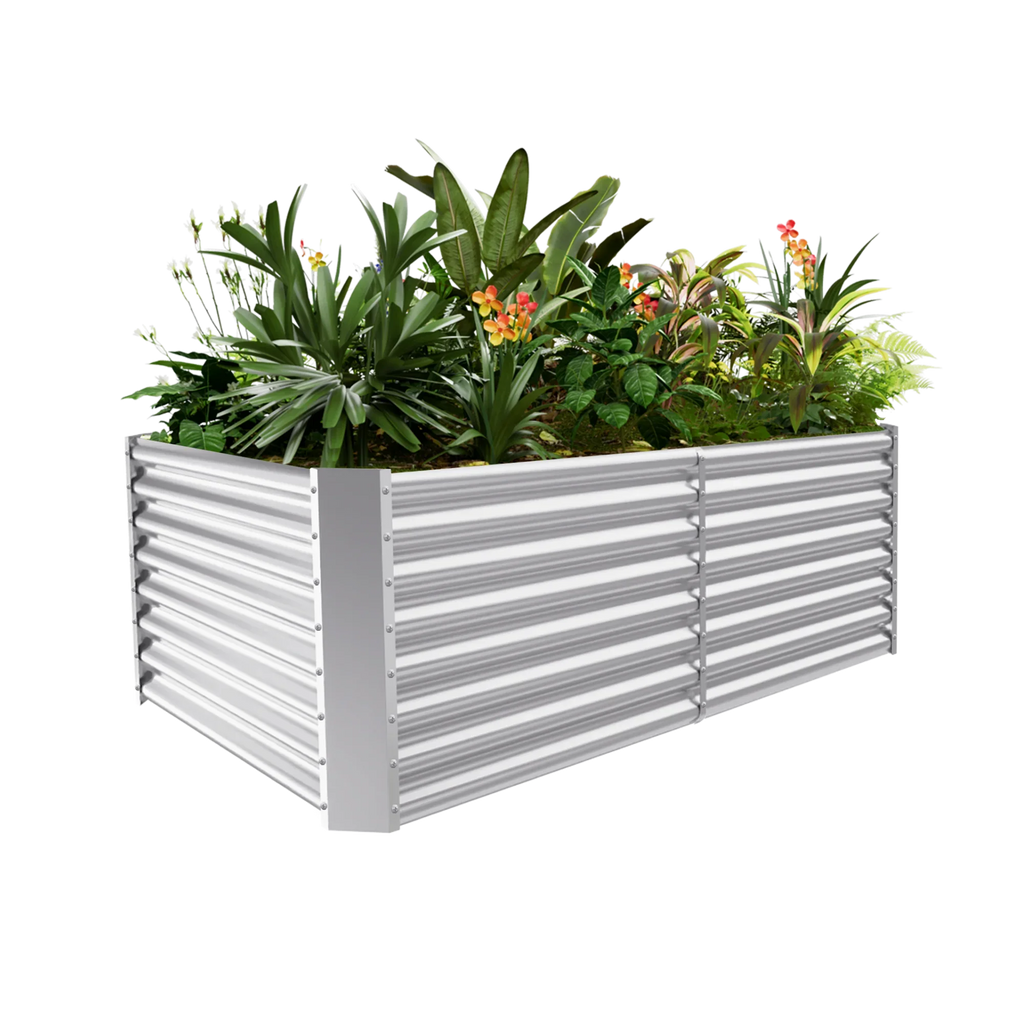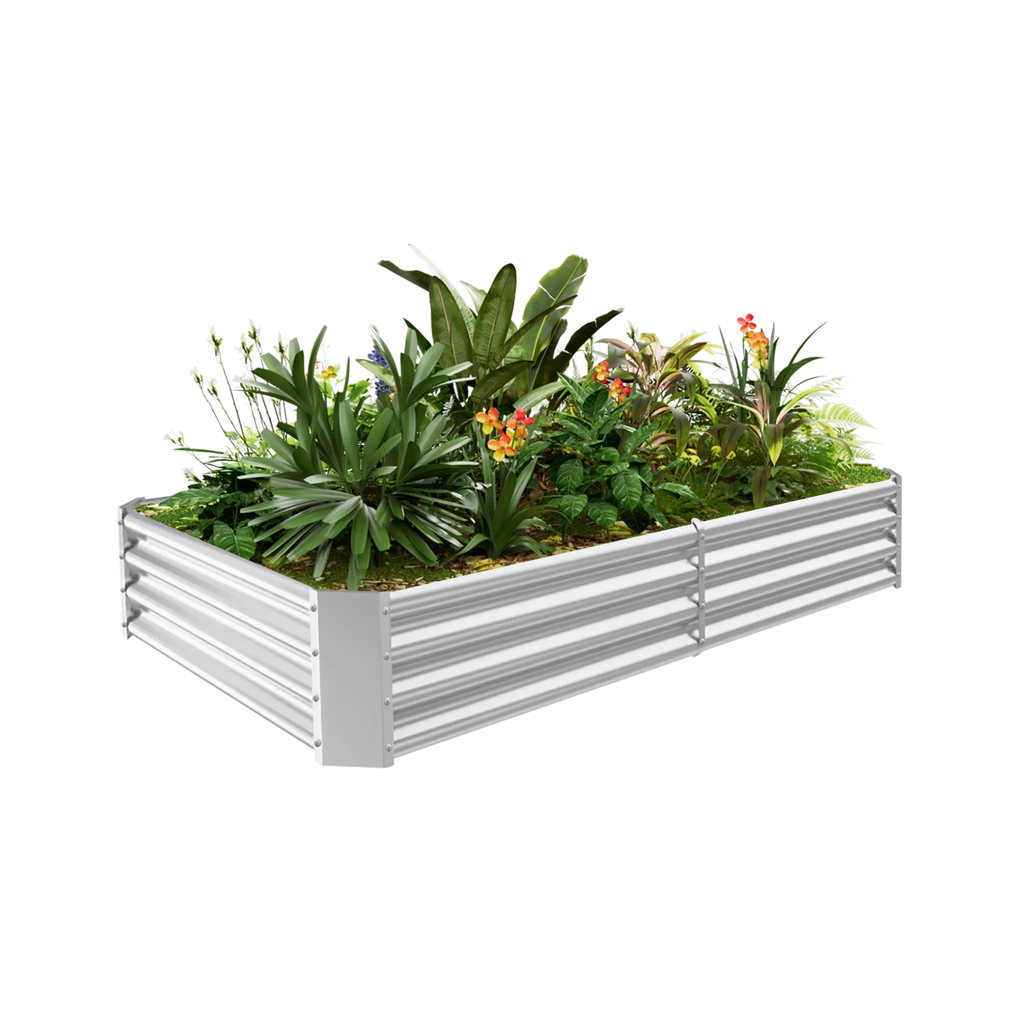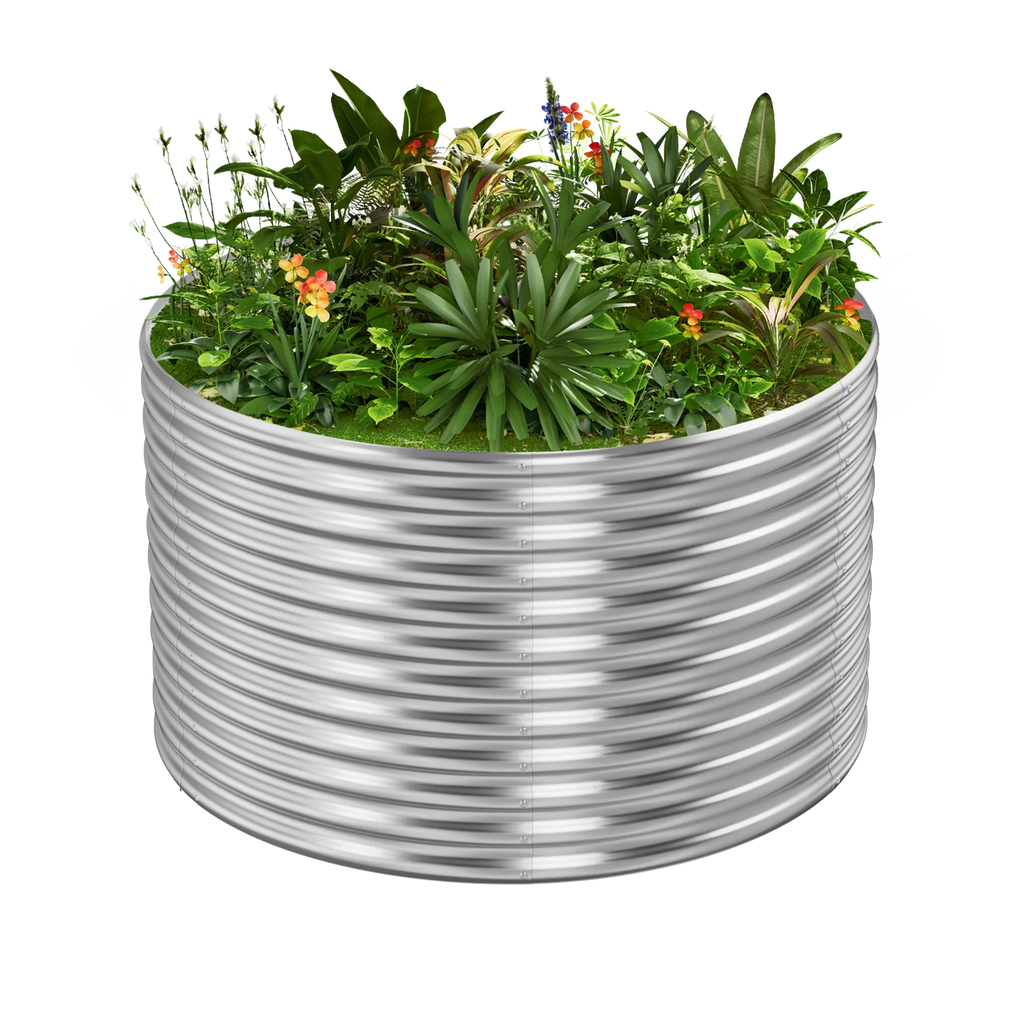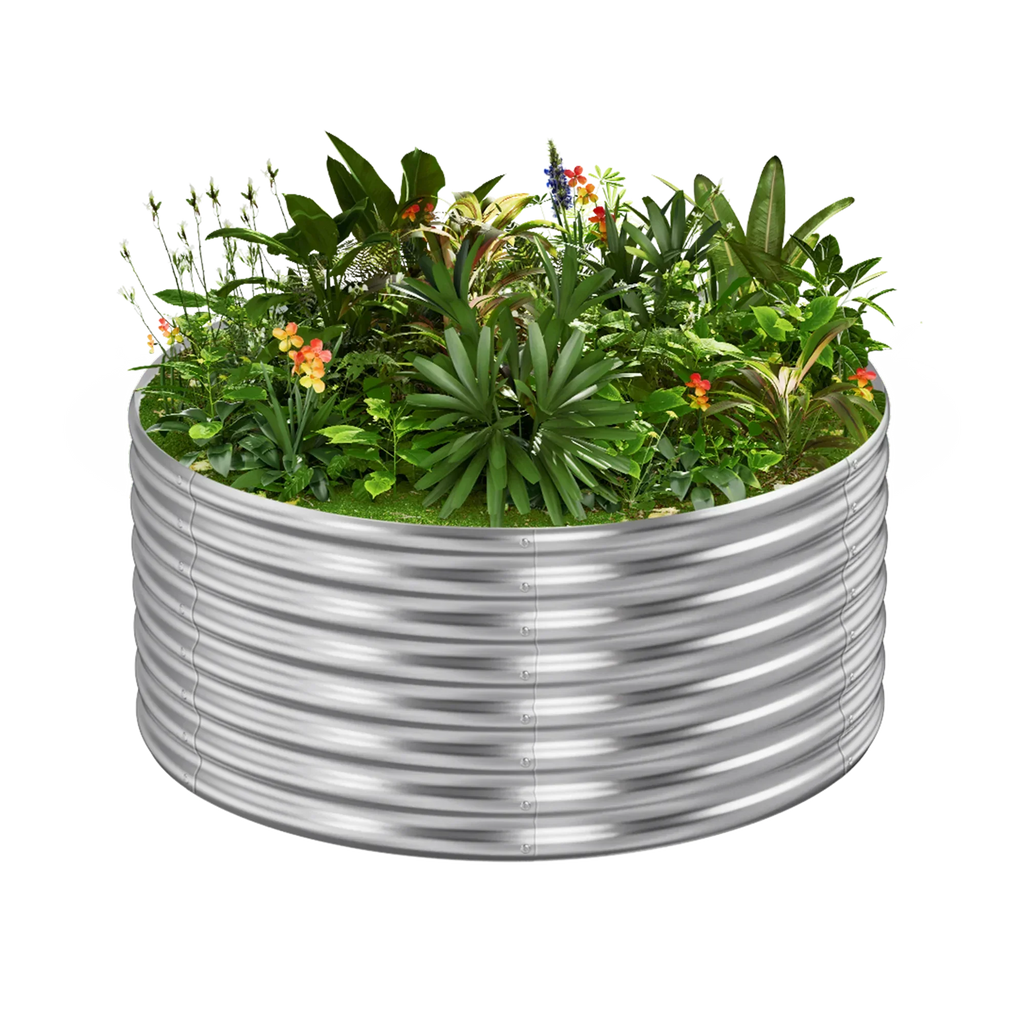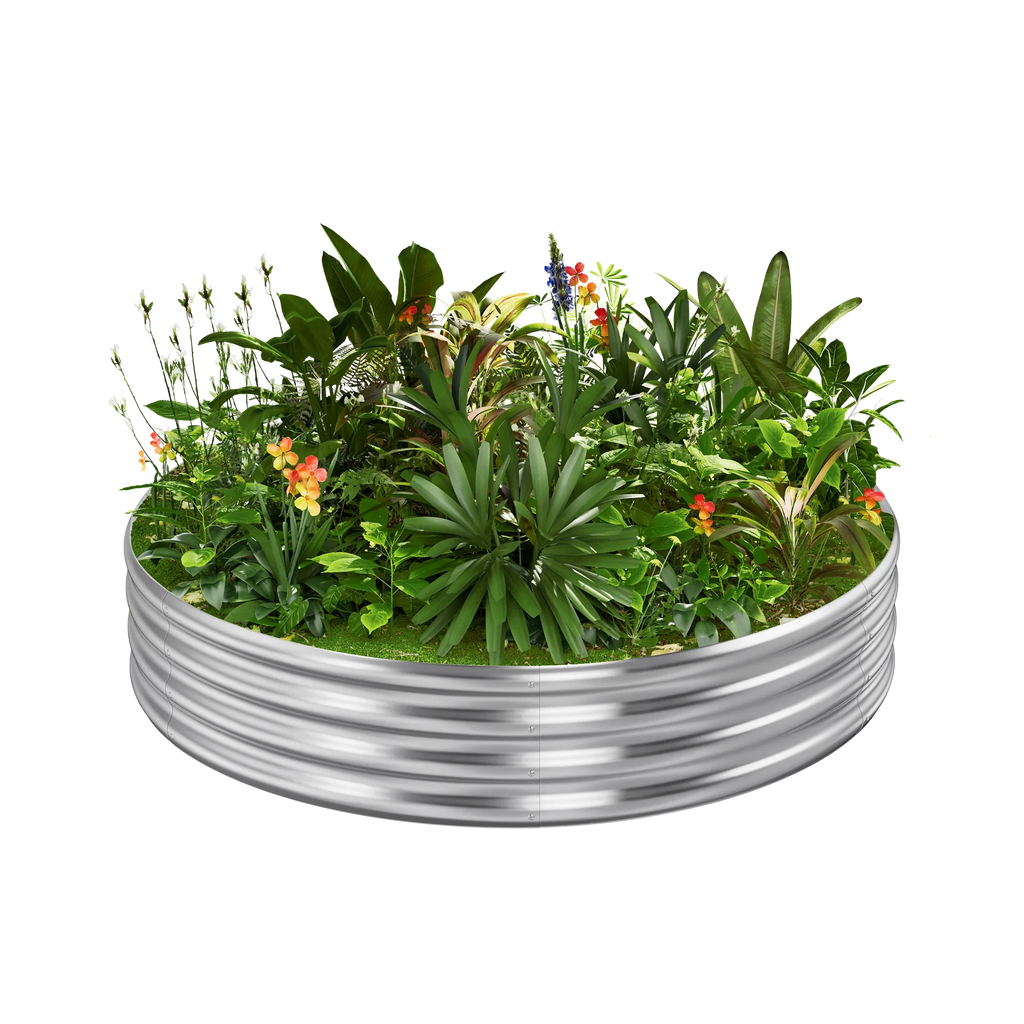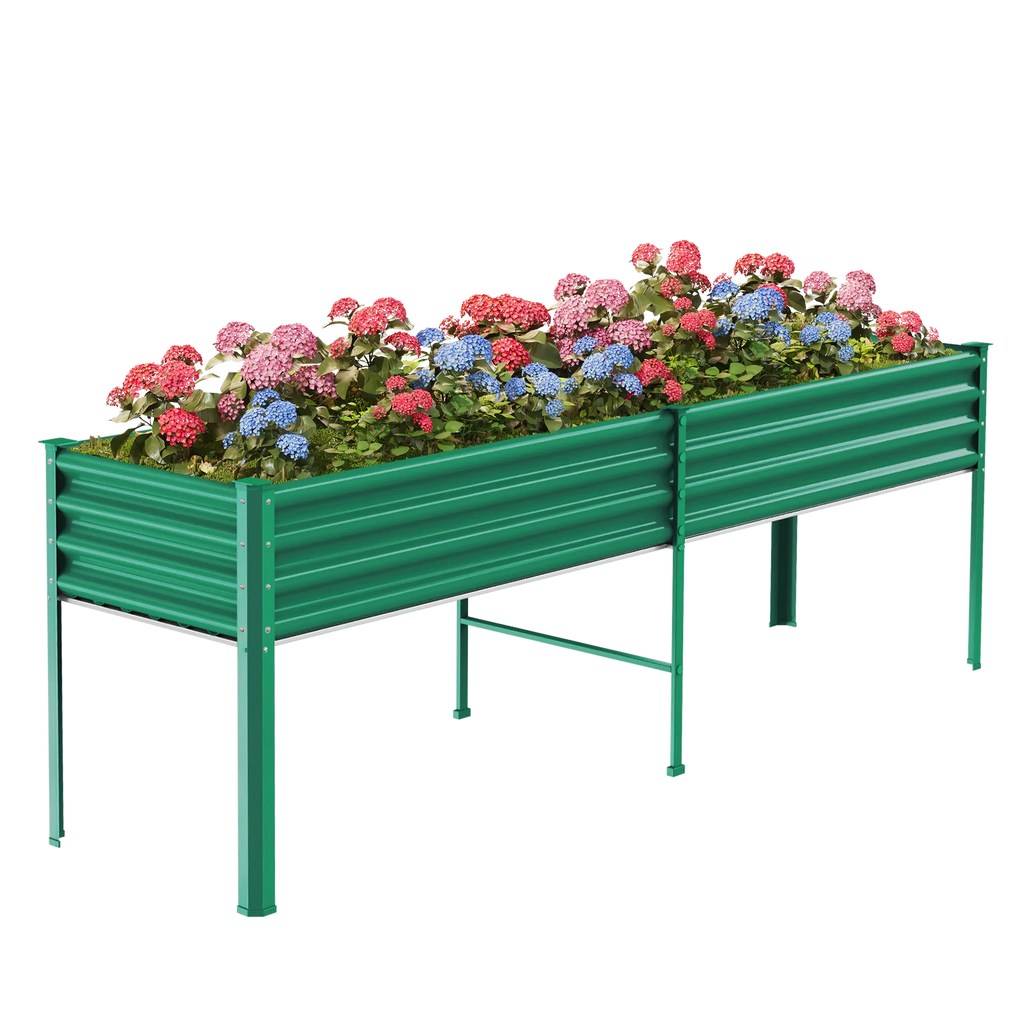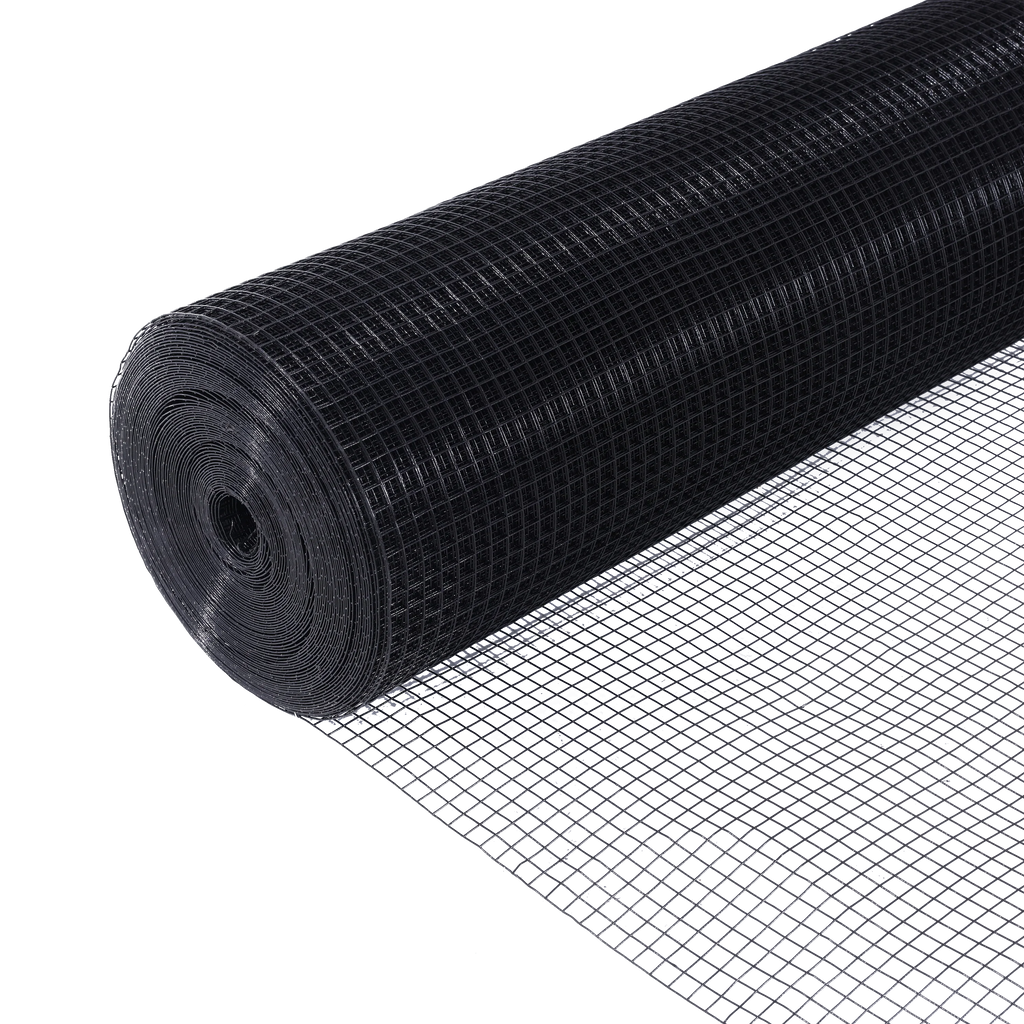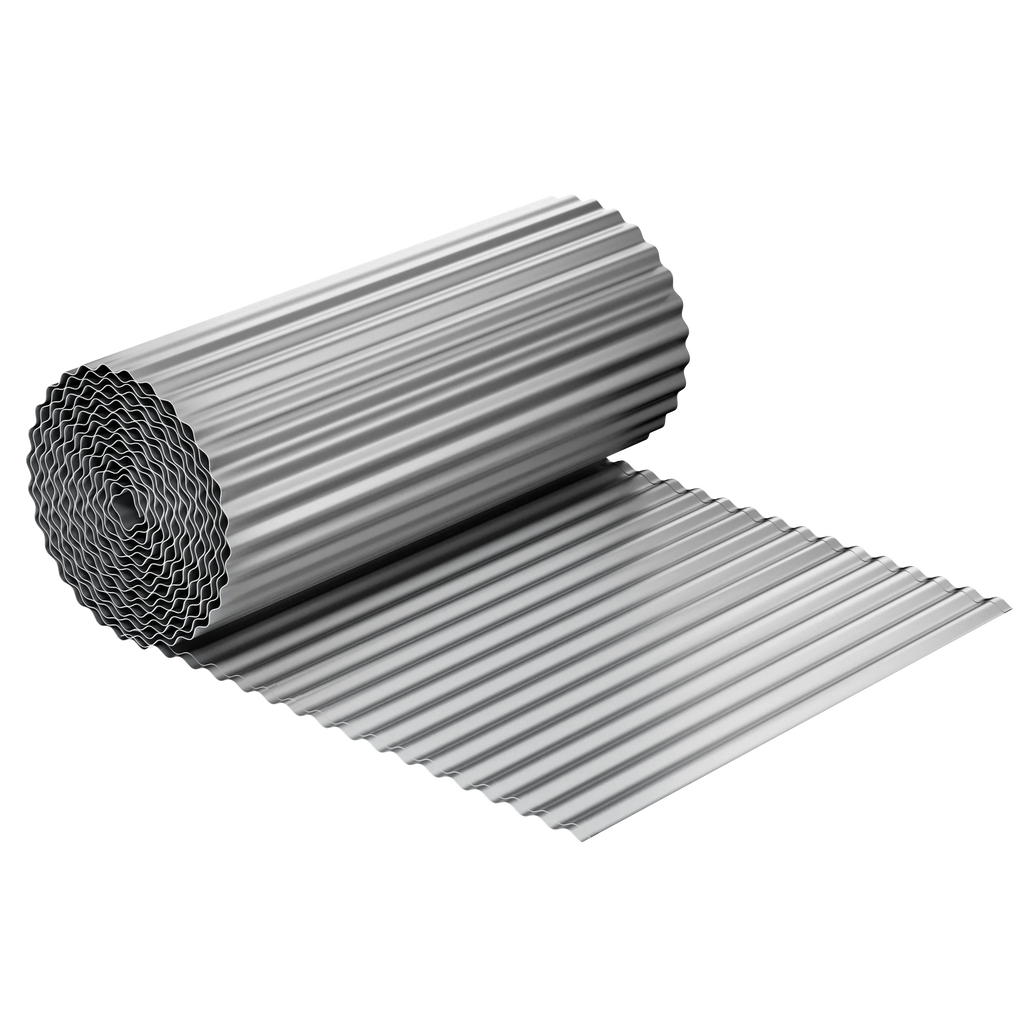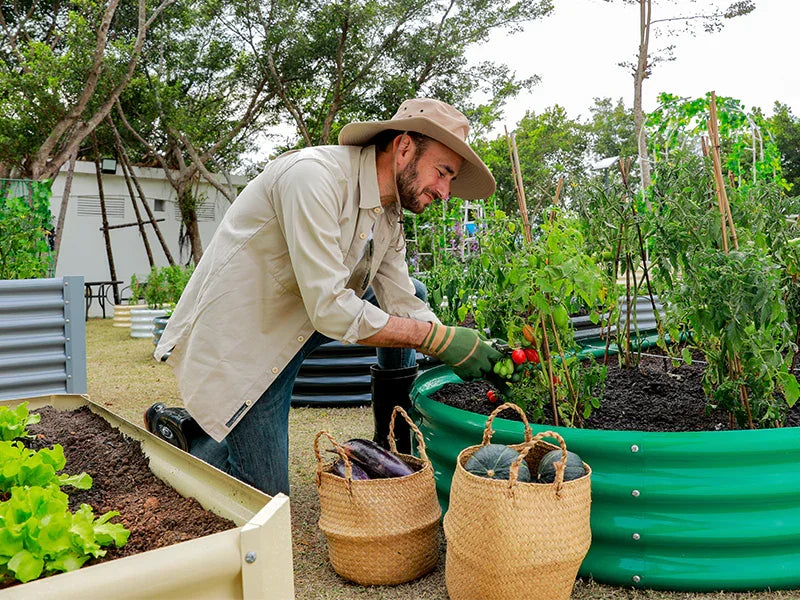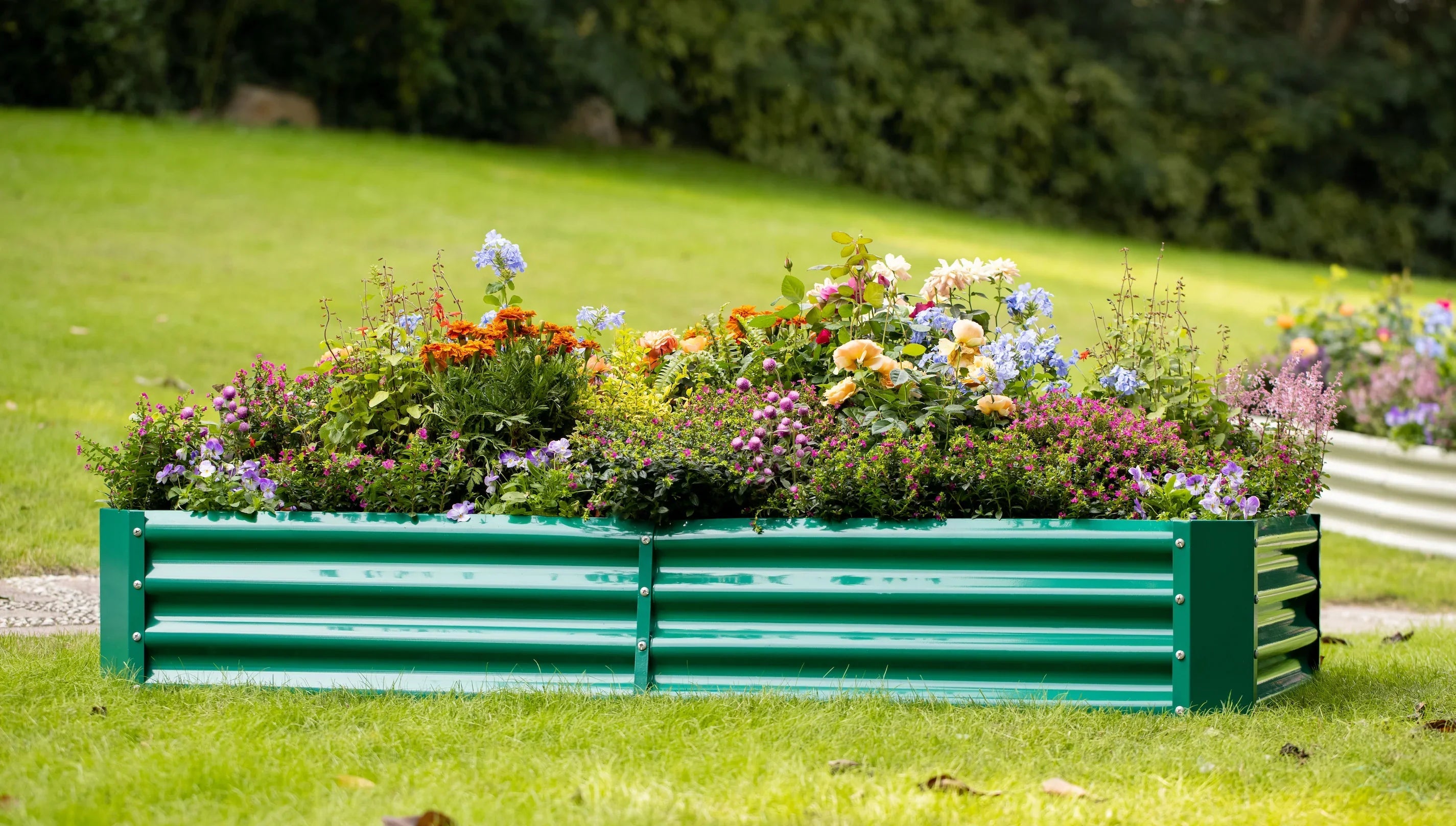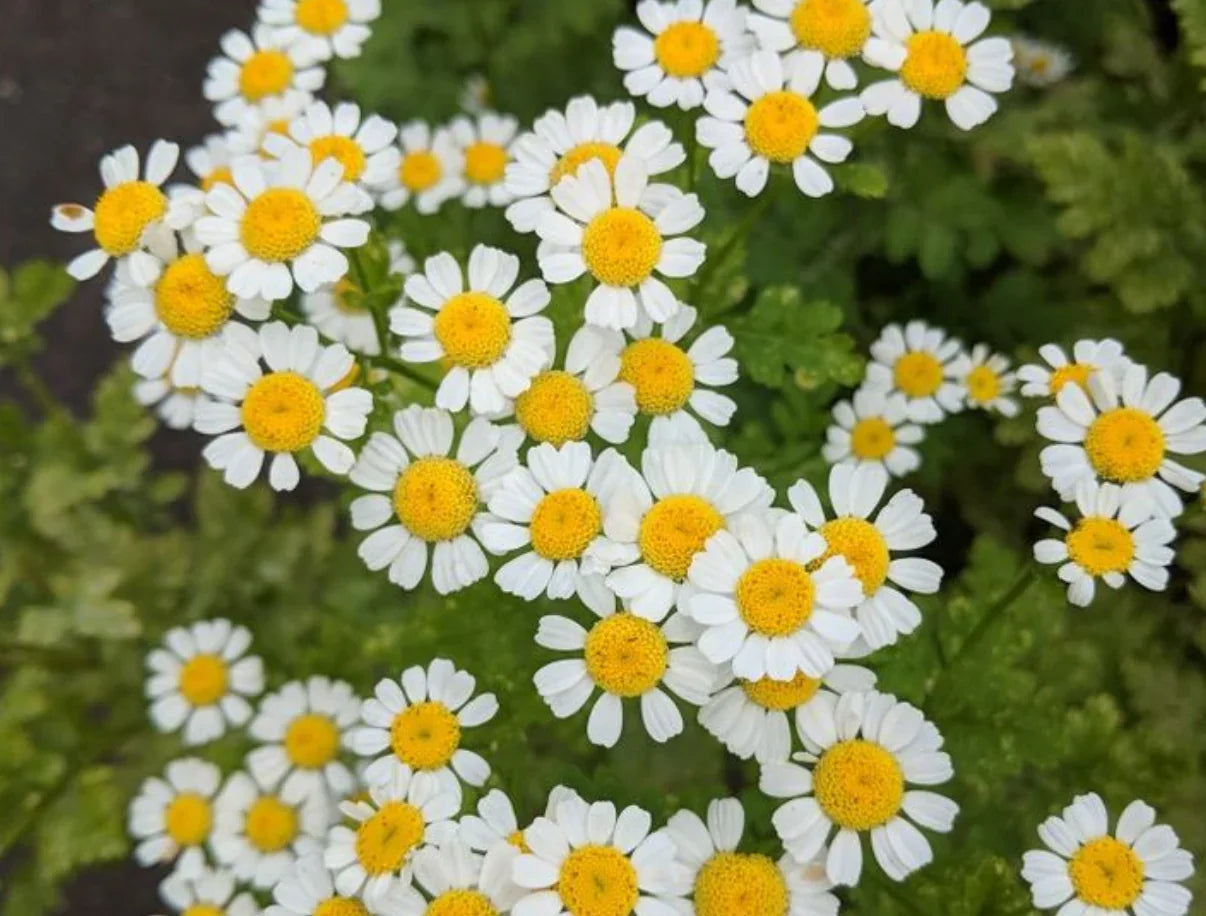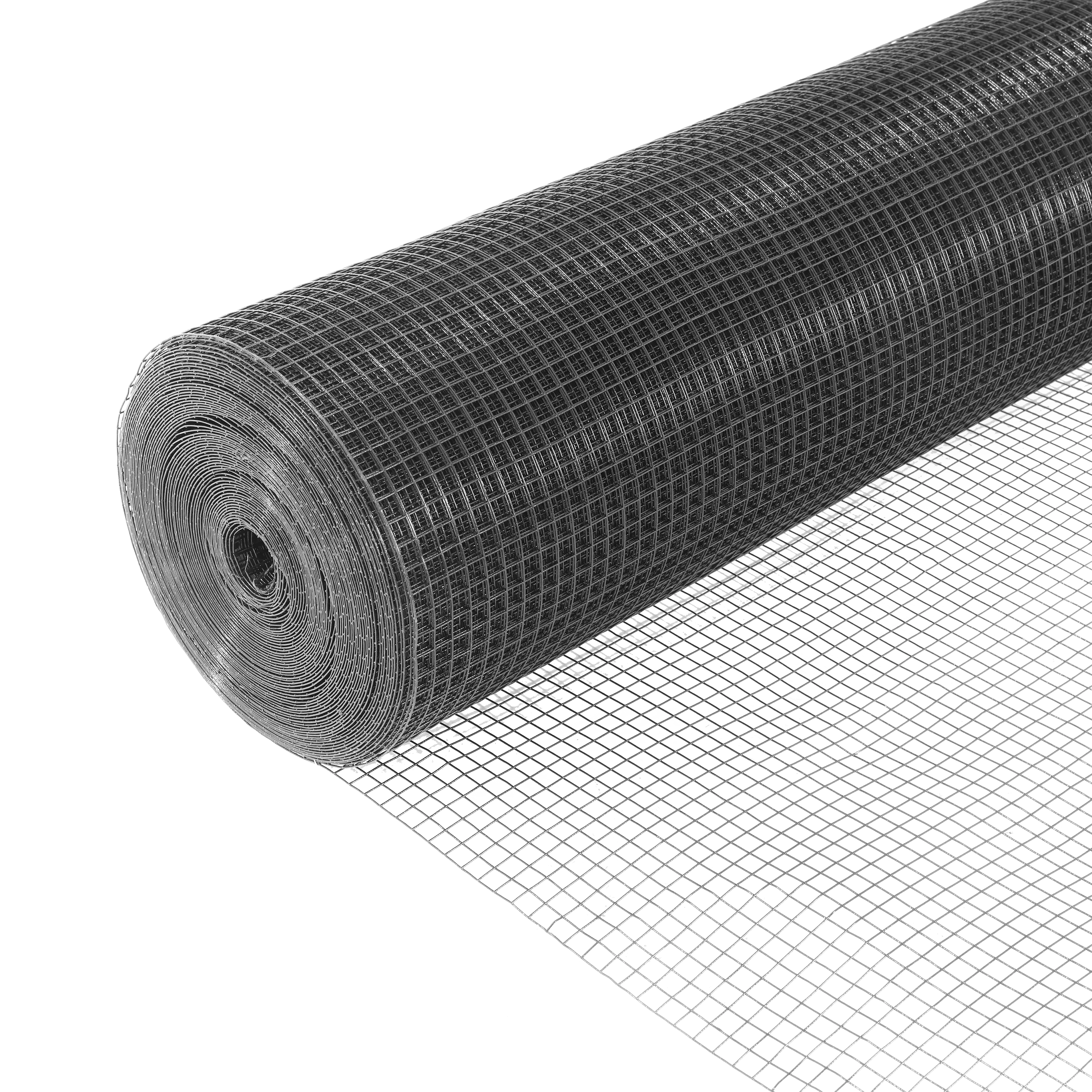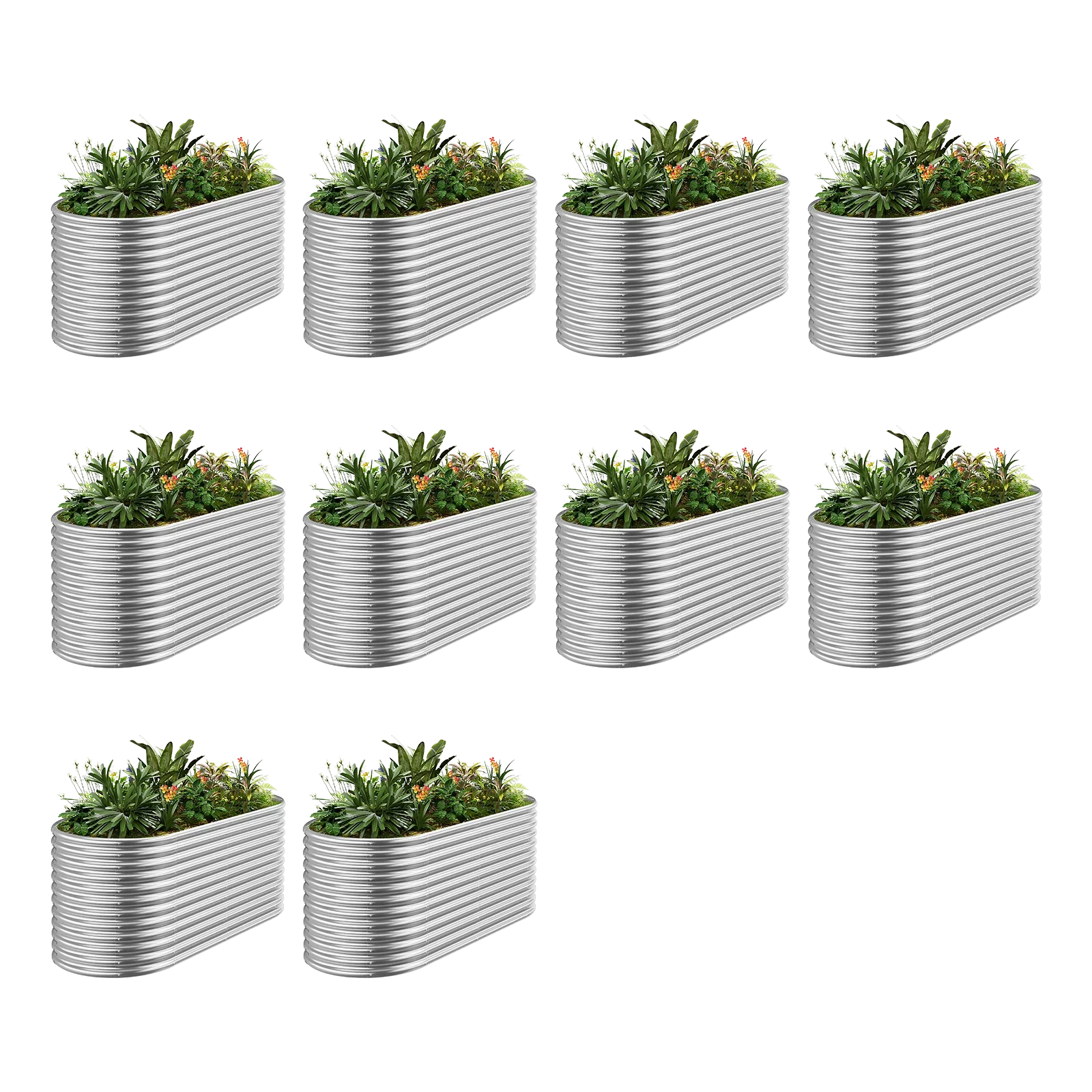Don't Miss Out Blog To Drive
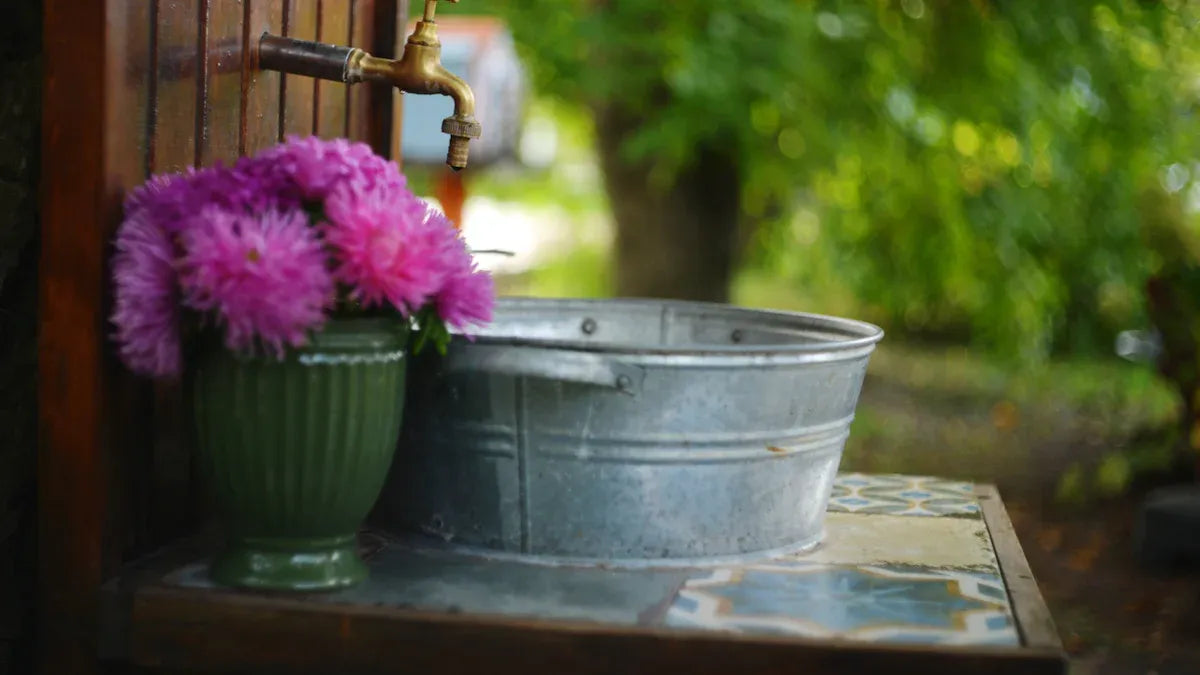
Galvanized Raised Beds Pros and Cons Every Gardener Should Know
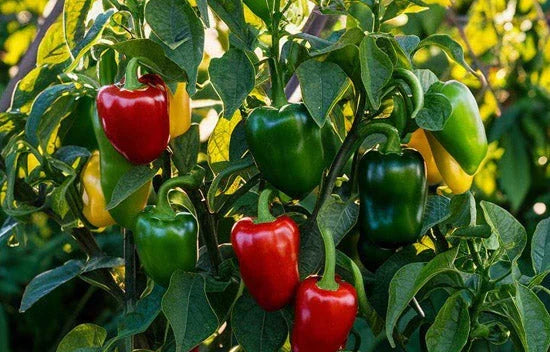
Landguard's Expert Guide to Herb Gardening: Cultivating Flavor and Fragrance Year-Round
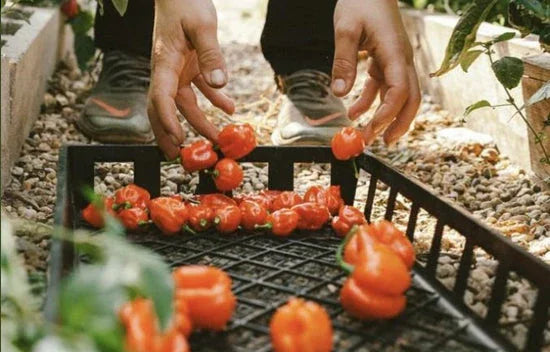
Landguard's Ultimate Guide to Autumn Vegetable Gardening: Expert Tips for Bountiful Harvests

Landguard's Professional Guide to Flower Gardening: Expert Tips for Blooming Success
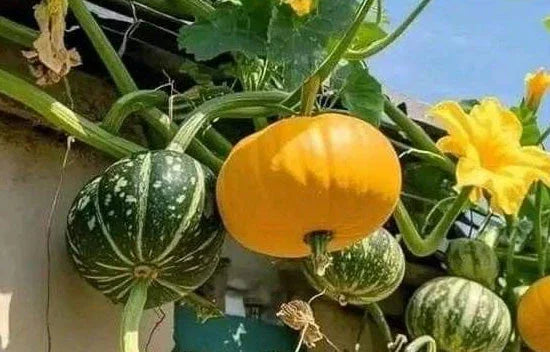
Landguard's Expert Guide to Successful Fruit Growing: Smart Tips for Bountiful Harvests
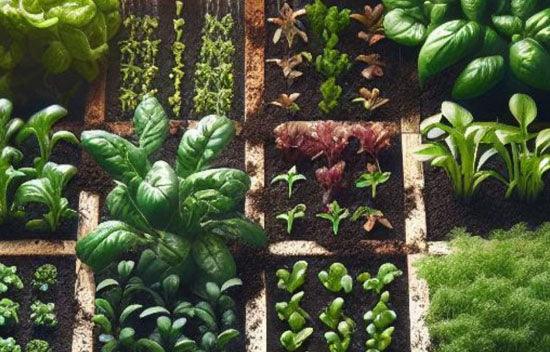
Landguard's Ultimate Guide to Smart Plant Growing Tips for a Thriving Garden

Landguard's Expert Guide to Essential Plant Growing Tips for Thriving Gardens
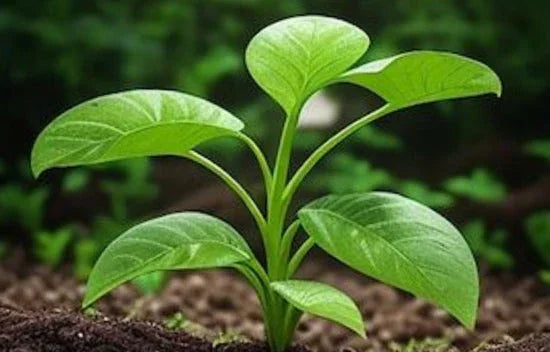
Landguard Galvanized Raised Garden Beds: The Modern Solution for American Home Gardening
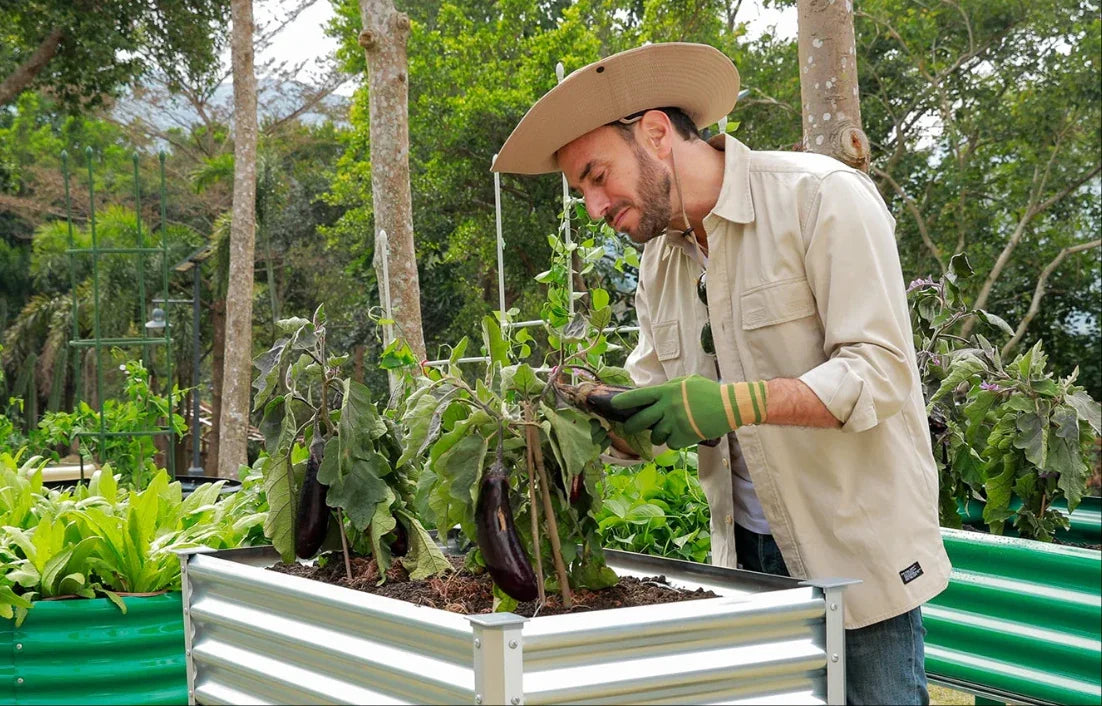
Landguard Legacy Gardens: Building Heirloom Harvests That Last Generations
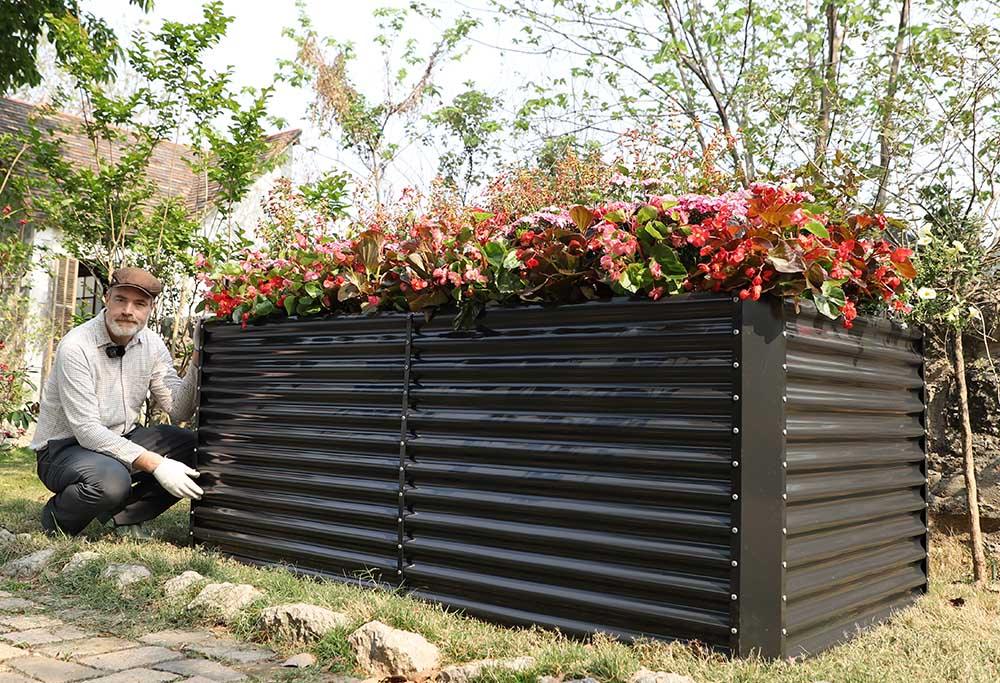
Landguard’s Urban Oasis: How Galvanized Raised Beds Turn Concrete Jungles into Edible Paradises
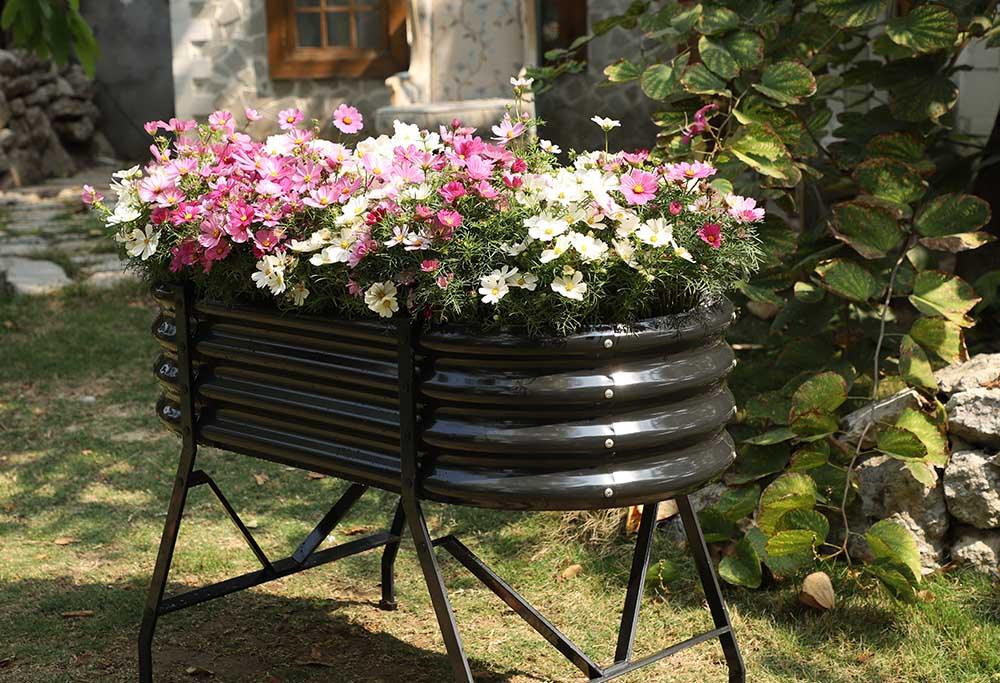
Landguard’s Galvanized Raised Beds: Your Secret to Effortless, Year-Round Abundance

The Ultimate Gardening Upgrade: Landguard’s Galvanized Raised Garden Bed Revolution

The Science of Soil Health: How Landguard Tools Transform Your Garden’s Foundation

Home Garden Design Inspiration: A Complete Guide to Color Schemes, Functional Zones & Plant Selection
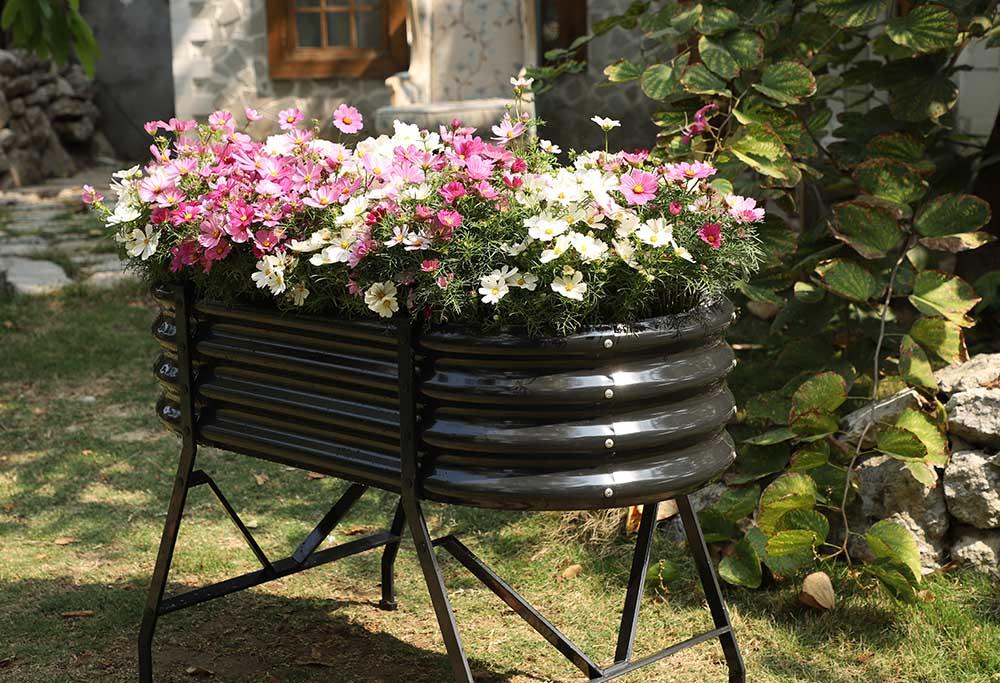
20 Essential Gardening Tips for Beginners: Expert-Backed Secrets to Thriving Plants
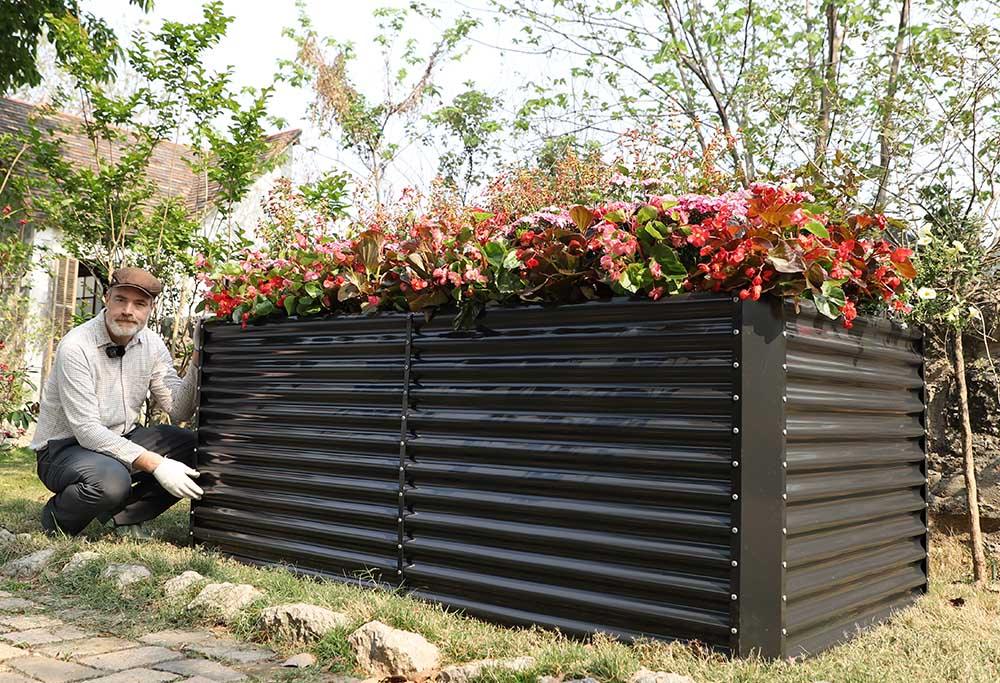
15 Backyard & Small Space Garden Design Ideas: A Complete Visual Guide
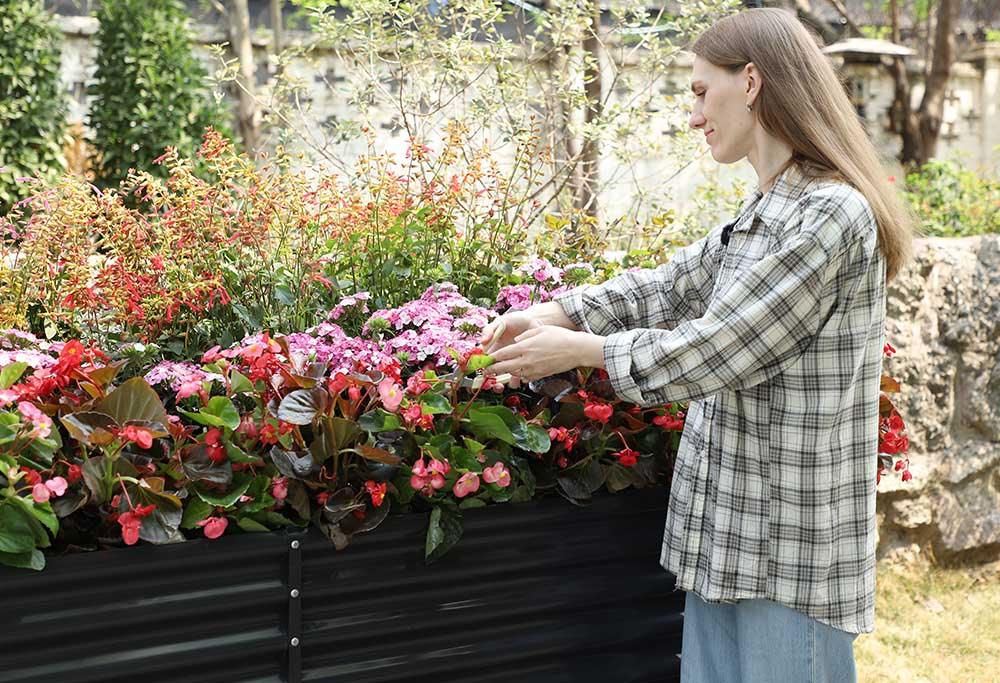
Low-Maintenance Garden Design: 7 Steps to Create a Beautiful & Easy-Care Outdoor Space
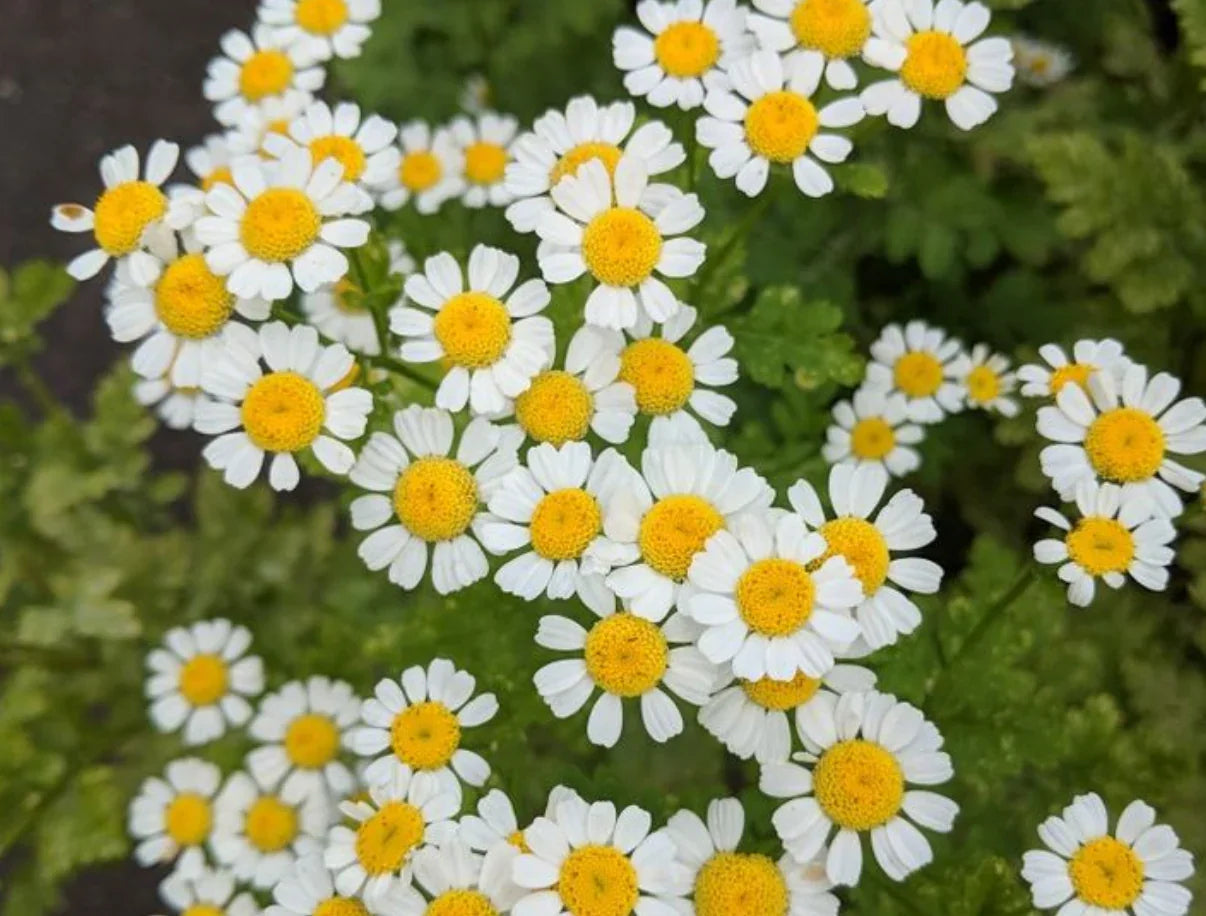
Low-Maintenance Gardening: Easy-Care Plants for Every Season
Gardening can feel like a daunting task, but it doesn’t have to be. With the right plants, you can enjoy a gorgeous garden all year long without spending your weekends weeding or watering. Low-maintenance gardening is a game-changer for busy people, beginners, or anyone who loves plants but not the upkeep. In this guide, we’ll walk you through easy-care plants for every season, helping you create a garden that’s both beautiful and effortless. Ready to dig in? Let’s get started!

Start These Root Vegetable Seeds in July for a Bountiful Fall Harvest
July is the perfect time to plan your fall garden, and root vegetables are a fantastic choice for a hearty autumn harvest. These underground gems thrive in cooler weather, developing rich flavors as temperatures drop. By starting the right root vegetable seeds in July, you’ll set yourself up for a bountiful fall yield. This guide covers the best root vegetables to plant, how to sow them, and tips for success. Let’s dig in!

From Summer to Fall: A Step-by-Step Guide to Seasonal Planting in Vegetable Garden Beds
As summer’s warmth fades, it’s the perfect time to shift your vegetable garden into fall mode. Fall gardening brings the joy of harvesting crisp, cool-weather crops that flourish in autumn’s refreshing air. Whether you’re an experienced gardener or a beginner, this step-by-step guide will walk you through seasonal planting in your vegetable garden beds. From clearing out summer leftovers to picking the best fall veggies, here’s everything you need to know. Let’s get started!
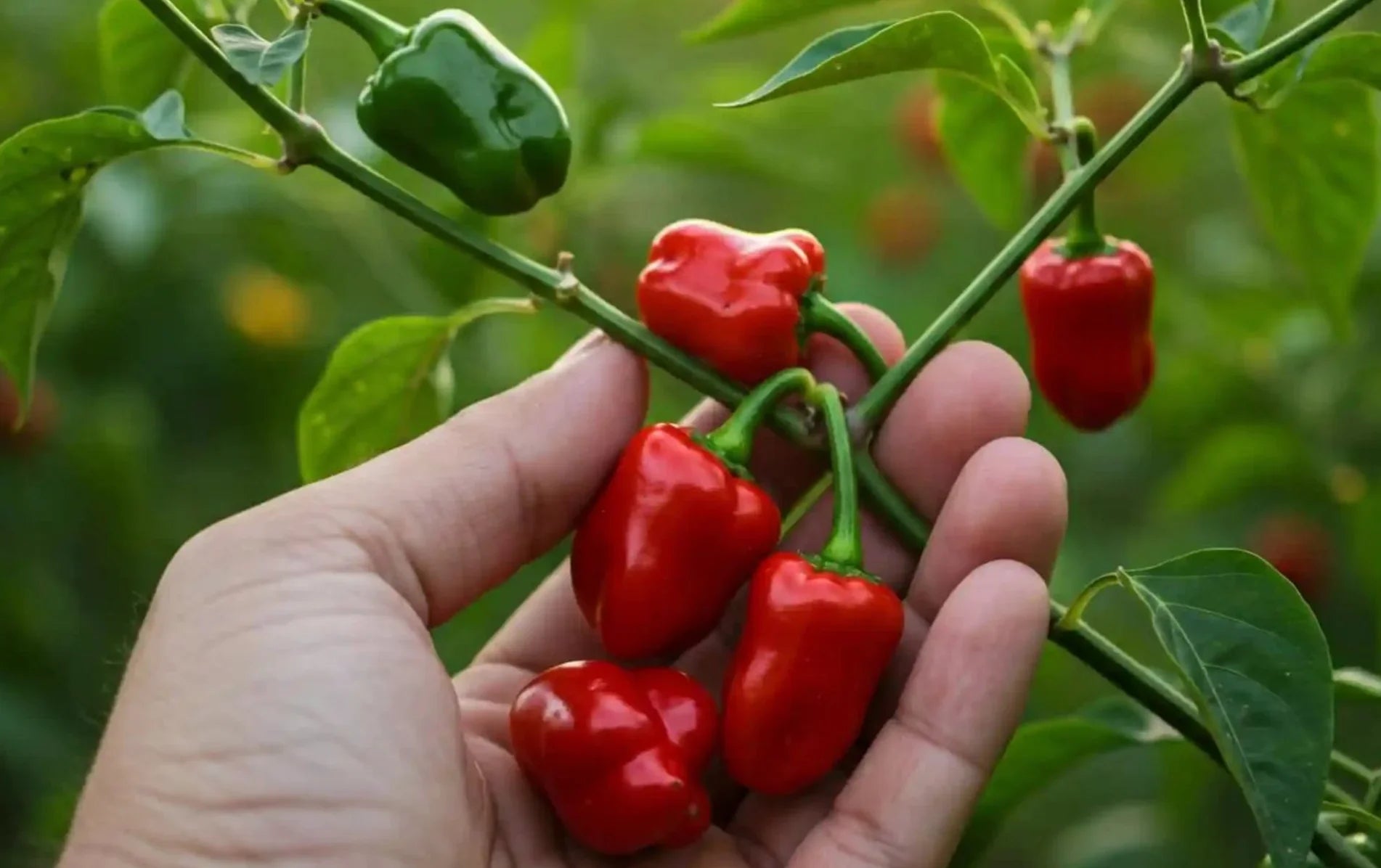
The Signal of a Good Harvest: How to Know When Your Vegetables Are Ready to Pick
Harvesting vegetables at the right time is key to enjoying the best flavor, texture, and nutrition from your garden. Pick too early, and your veggies might lack sweetness or be too tough. Wait too long, and they could turn mushy or lose their vibrant taste. But how do you know when the moment is just right? In this guide, we’ll walk you through the telltale signs of ripeness for some of the most popular garden vegetables. With these tips, you’ll be able to confidently pick your produce at its peak.
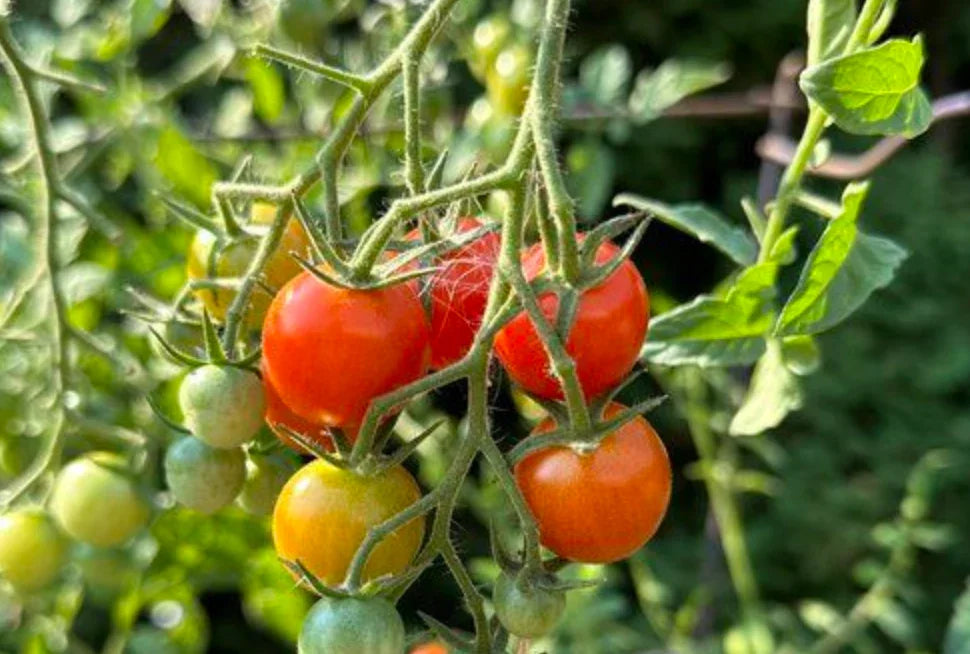
Saving Your Tomatoes: How to Prevent and Treat Blossom-End Rot in a Raised Garden Bed
Growing tomatoes in a raised garden bed is a rewarding experience—until you notice dark, sunken spots on the bottom of your fruits. This is blossom-end rot, a frustrating condition that can ruin your harvest. Luckily, with the right knowledge, you can prevent it from happening and treat it if it does. In this guide, we’ll walk you through what causes blossom-end rot, why raised beds can make it more likely, and the practical steps you can take to keep your tomatoes healthy.
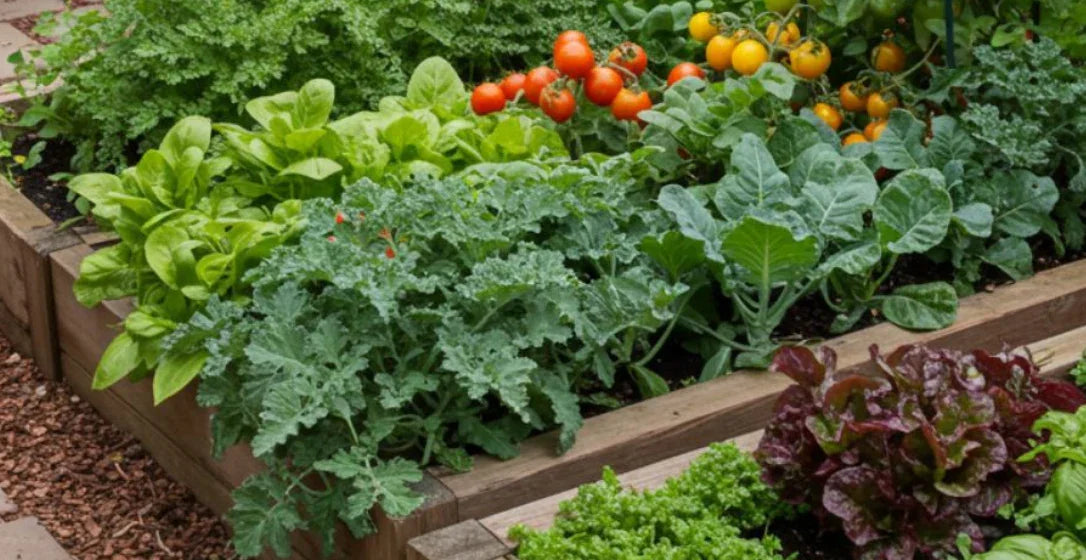
How to Achieve High-Density Planting in Your Garden Bed
Are you tired of feeling like your garden bed isn’t producing as much as it could? High-density planting might just be the solution you’ve been searching for. This clever gardening technique involves growing plants closer together than traditional methods, helping you maximize space and boost yields. Whether you have a small backyard or an urban balcony, high-density planting can transform your garden into a productive, thriving oasis. In this guide, we’ll walk you through the steps to make it happen.
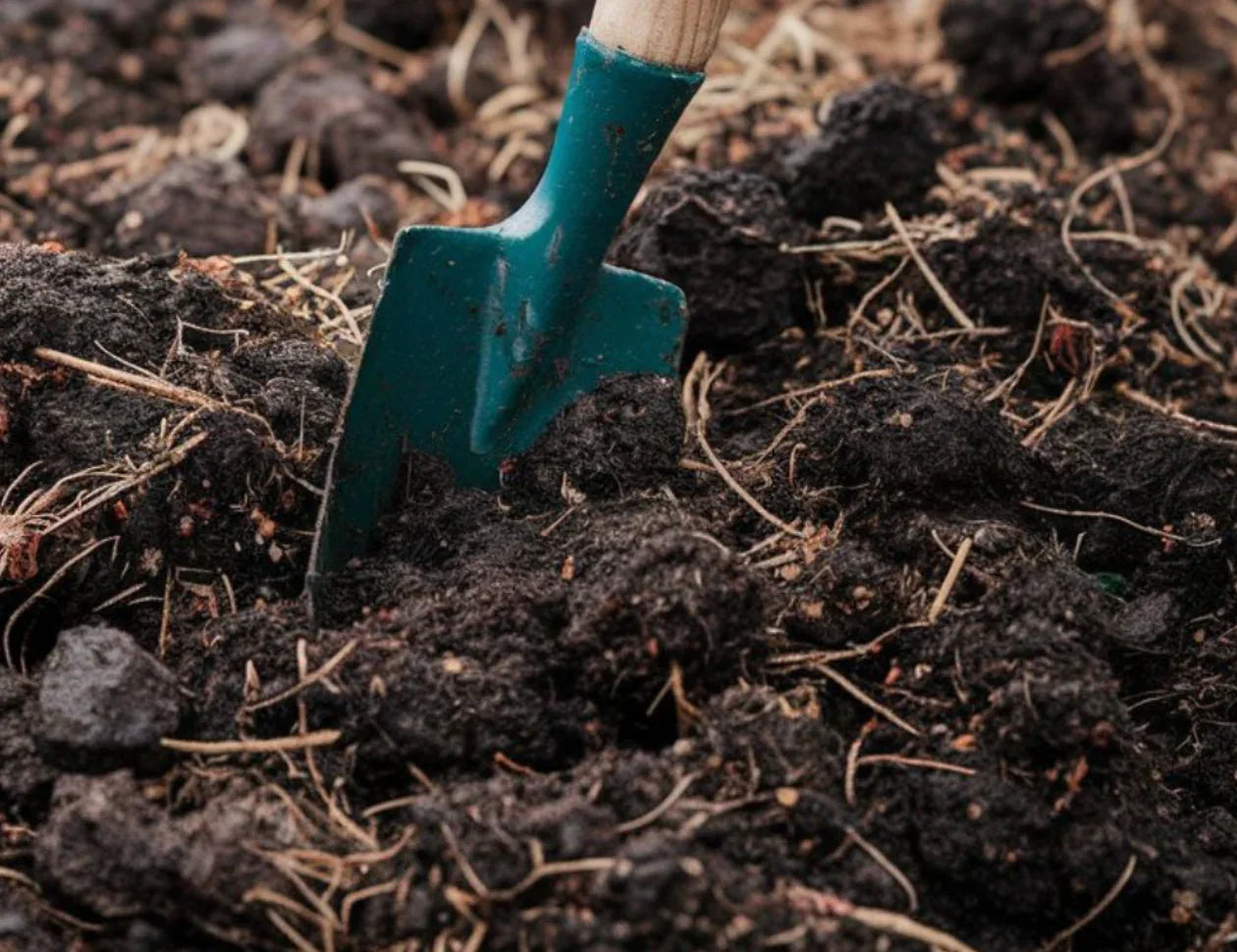
Choosing the Right Fertilizer for Different Plants: A Guide to Thriving Gardens
Just as humans need a balanced diet to thrive, plants require specific nutrients to grow strong, produce abundant fruits, and resist diseases. While healthy soil is the foundation, even the best soil can benefit from targeted fertilization to meet the unique demands of different plants throughout their life cycles. Choosing the right fertilizer isn't a one-size-fits-all task; it's a nuanced approach that can dramatically transform your garden from merely surviving to truly flourishing.
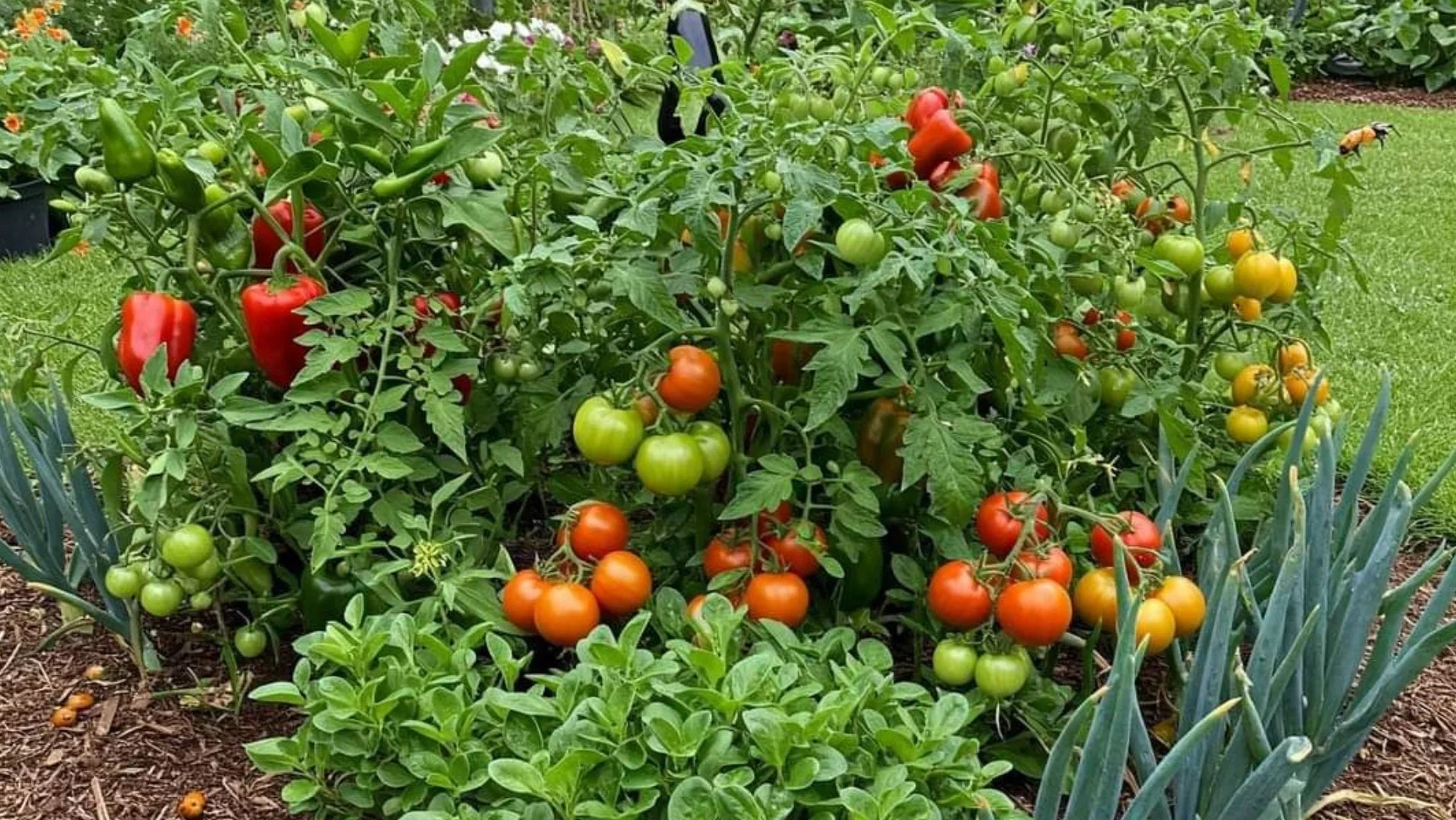
Identification and Control Methods for Common Garden Bed Pests
A thriving vegetable garden is a source of joy, fresh produce, and a connection to nature. However, it can also become an unwelcome buffet for a variety of garden pests. While a few insects are beneficial, an unchecked pest infestation can quickly decimate your crops, turning your gardening efforts into frustration.
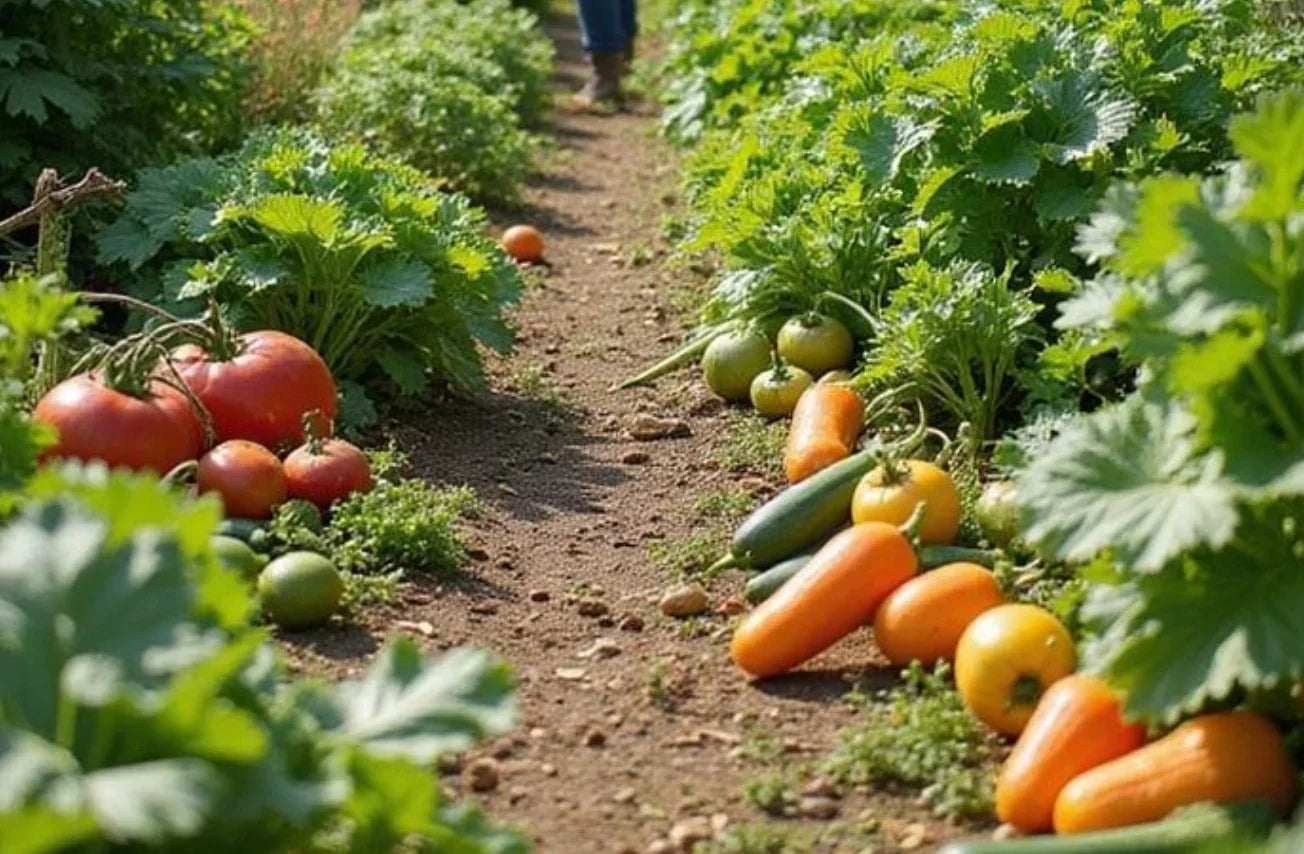
Vegetable Garden Bed Planting Plan: A Guide to Year-Round Harvests
Imagine stepping into your backyard any time of year and plucking fresh, vibrant produce straight from your own garden. This isn't just a gardener's dream; with a thoughtful vegetable garden bed planting plan, it's an achievable reality. Moving beyond haphazard planting can transform your garden into a continuous source of delicious, homegrown food, reducing grocery bills and boosting your connection to nature.

Summer Pest Control: Natural Remedies for Common Garden Insects
Summer is a wonderful time to enjoy your garden, but it’s also when insects like aphids and caterpillars decide to make themselves at home. The warm weather gives these pests the perfect chance to thrive, often leaving your plants looking worse for wear. While chemical pesticides can zap them fast, they’re not always the best choice—they can harm the good bugs and the environment too. That’s why natural pest control is worth a try. It’s kinder to your garden and just as effective if you know what to do. Let’s dive into some simple, natural ways to tackle common summer garden pests.
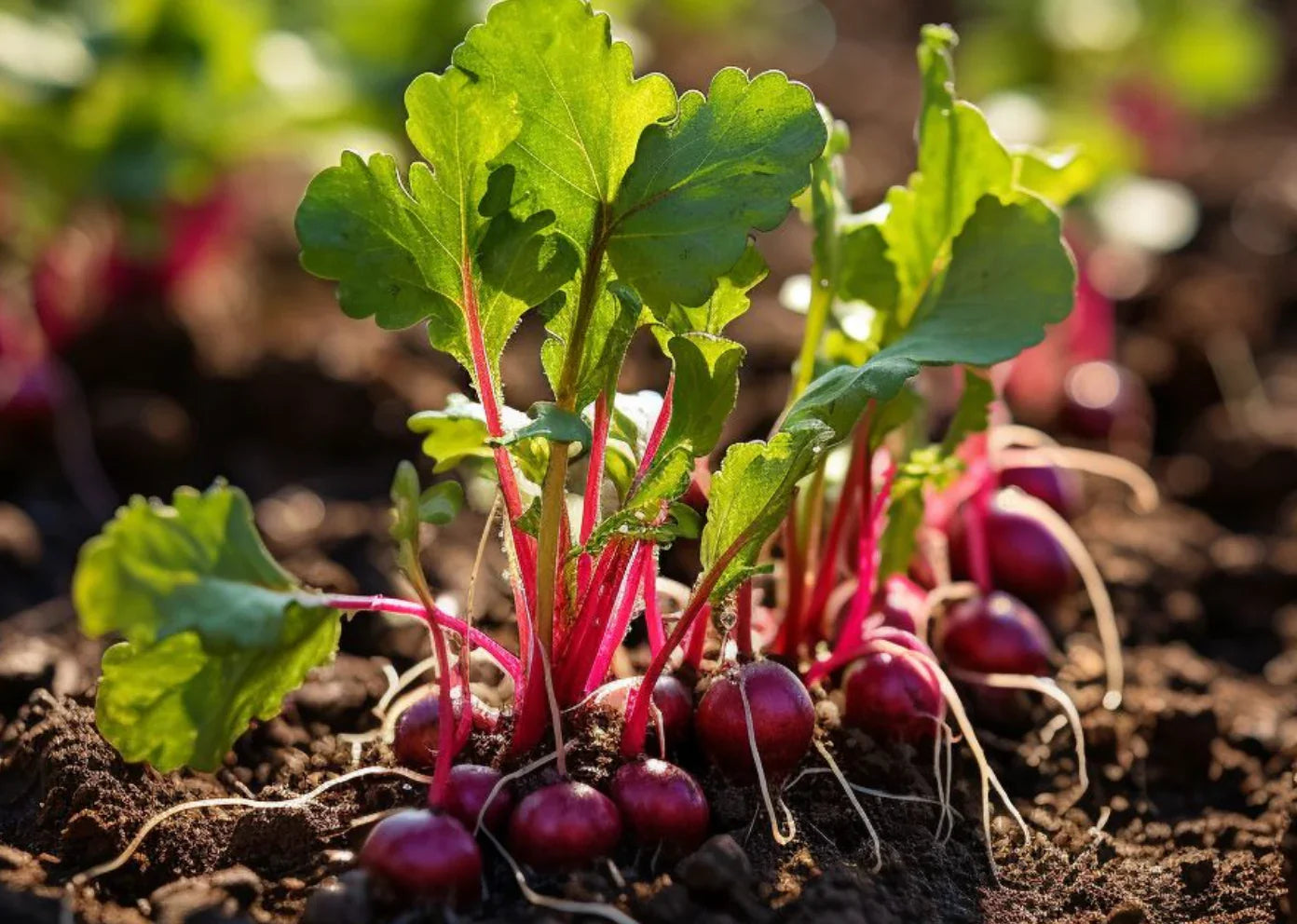
5 Super Vegetables to Harvest in 21 Days
Are you itching to see quick results from your gardening efforts? Growing vegetables that you can harvest in just 21 days is not only doable but also a fantastic way to enjoy fresh produce fast. Whether you’re new to gardening or want to make the most of a small space, these super vegetables are perfect for a quick turnaround. In this article, we’ll walk you through five amazing vegetables you can plant today and start enjoying in just three weeks.
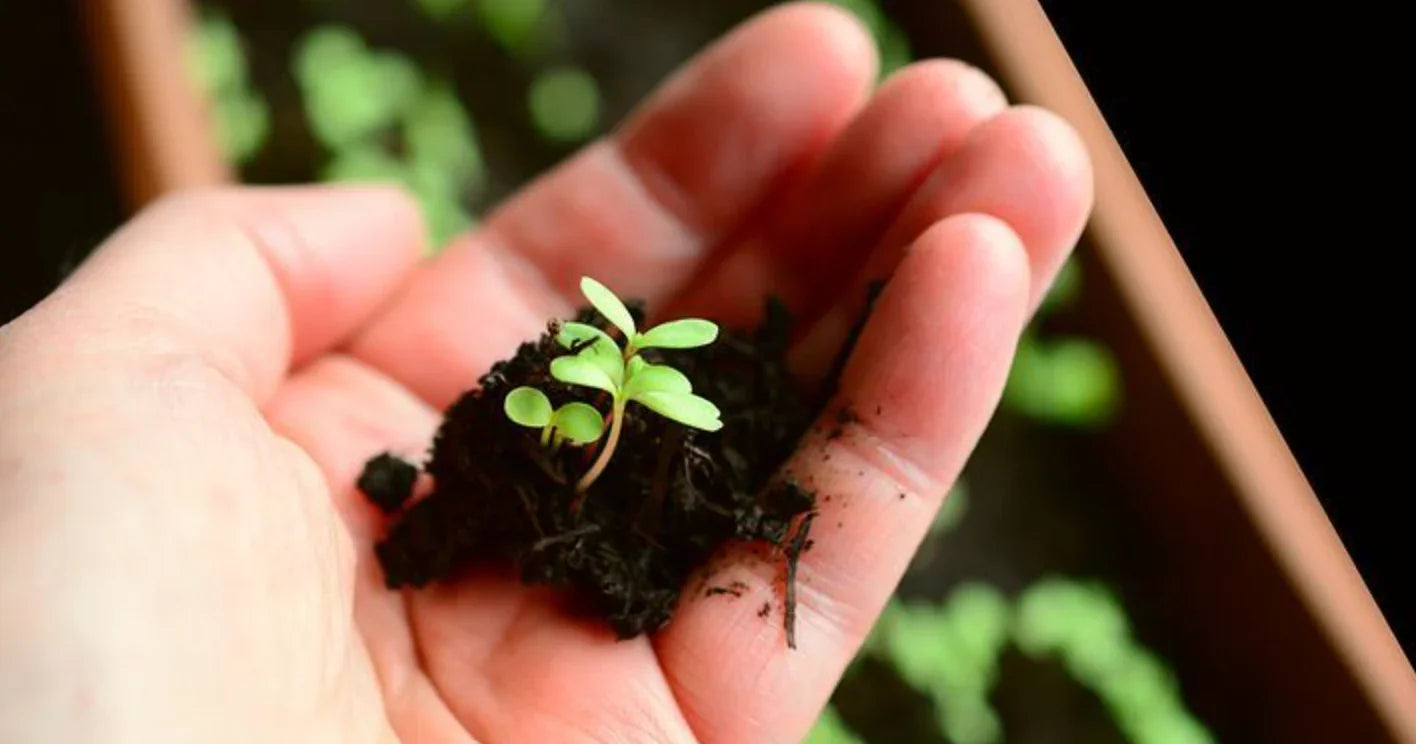
Transplanting Seedlings in Raised Beds: Shock Prevention
Transplanting seedlings into raised garden beds is an exciting step toward a thriving garden, but it can stress those tender young plants. Transplant shock—when seedlings wilt, droop, or grow slowly after being moved—can set you back if you’re not careful. Luckily, with a few smart strategies, you can help your seedlings settle into their new home with ease. Here’s how to transplant seedlings into raised beds while preventing shock, ensuring your plants hit the ground running.
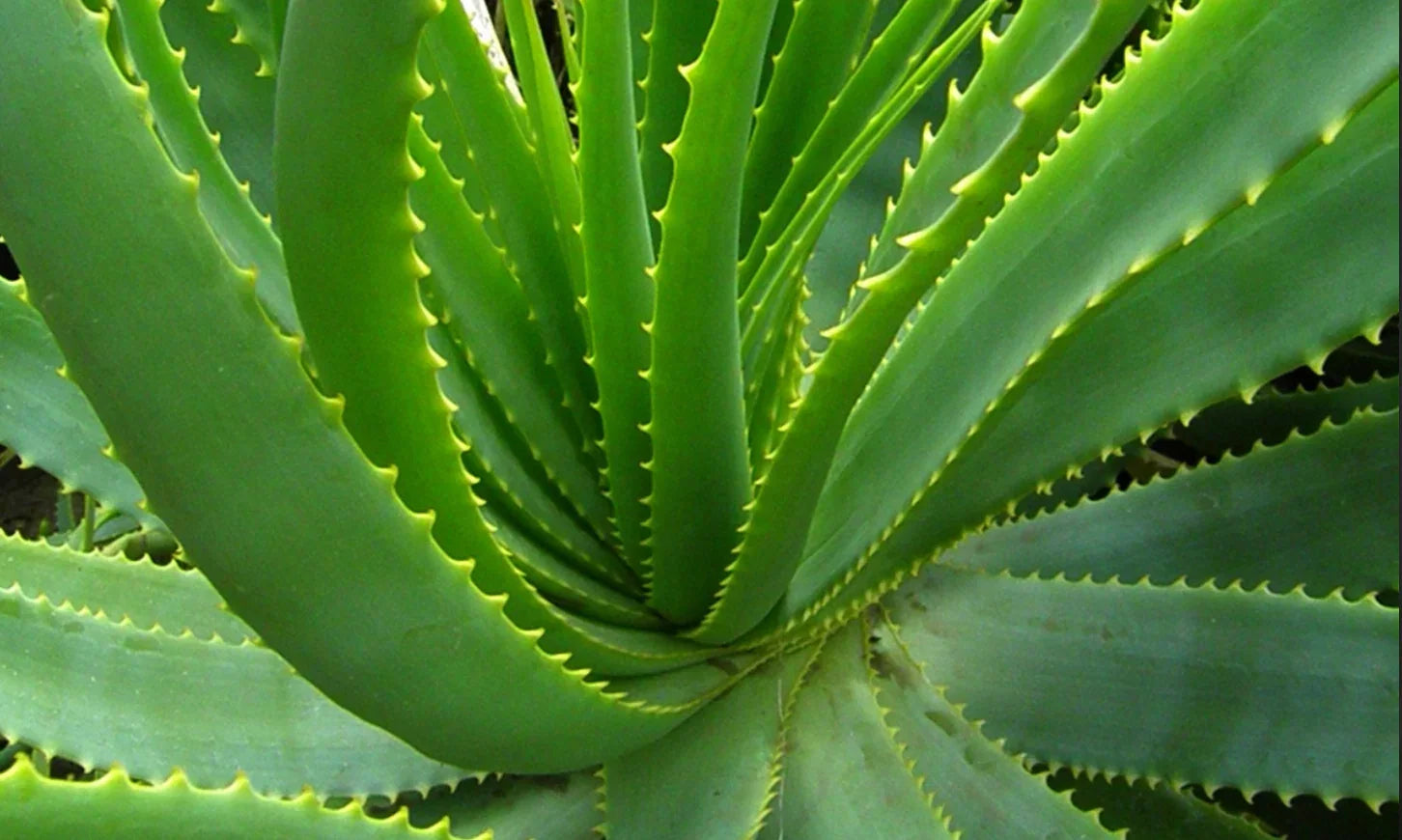
How to Grow Aloe Vera in Raised Garden Beds: Complete Guide for US Gardeners
Aloe vera is a versatile, low-maintenance plant that thrives in raised garden beds, making it a great choice for US gardeners looking to grow their own succulents. Known for its soothing gel and striking appearance, aloe vera is perfect for sunny climates and can even be grown in cooler regions with some care. Raised garden beds offer excellent drainage and soil control, which aloe vera loves. In this guide, we’ll walk you through everything you need to know to grow healthy aloe vera in raised garden beds, from choosing the right setup to harvesting those fleshy leaves.
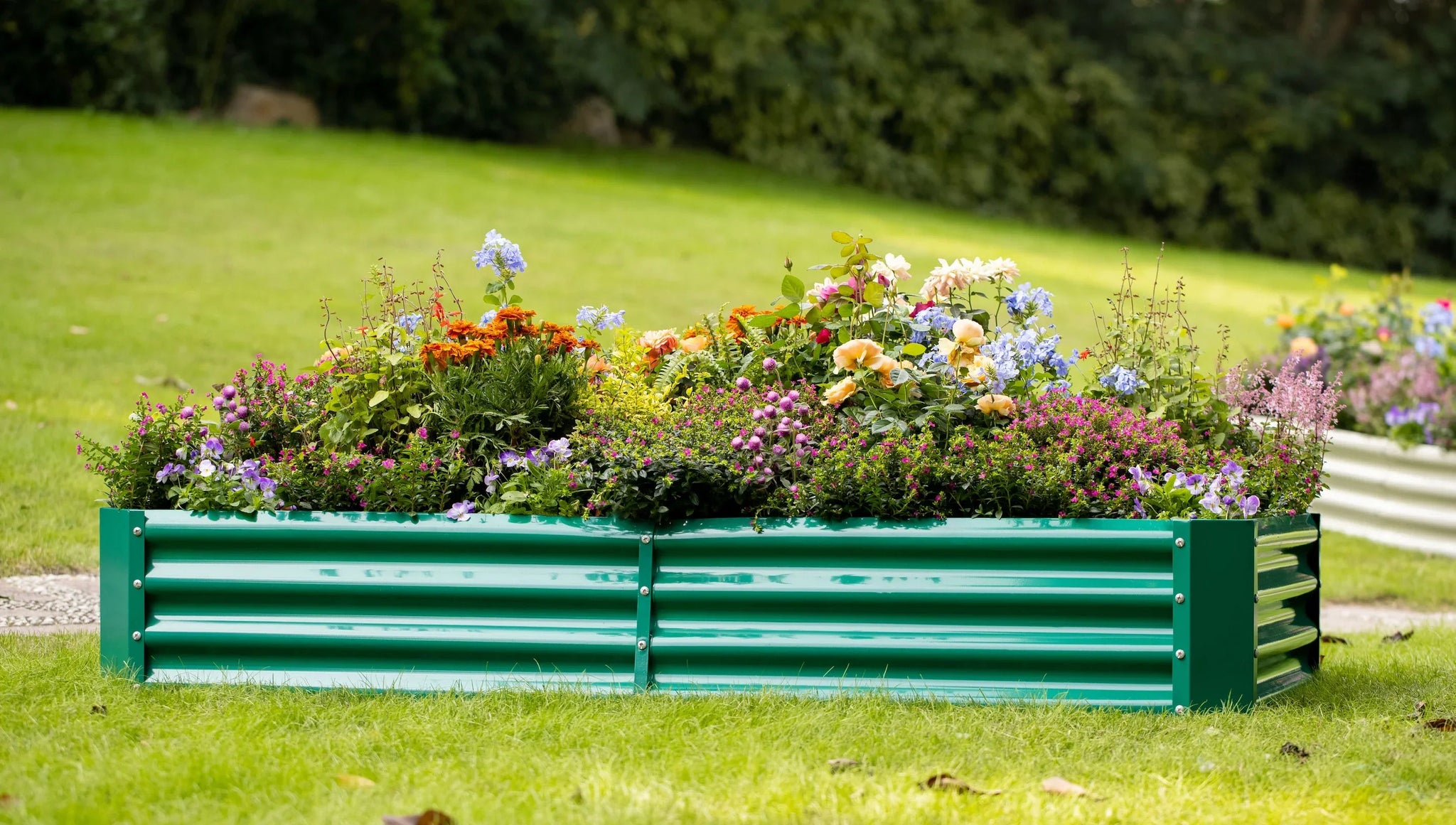
Raised Garden Bed Sizes: Which One to Choose?
Raised garden beds are a fantastic way to grow your own food or flowers, offering better soil control, improved drainage, and easier maintenance. But one of the first questions new gardeners face is: what size raised garden bed should I choose? The right size depends on your space, the plants you want to grow, and your physical needs. With options like those from Landguard Garden—ranging from compact 3x3-foot round beds to spacious 6x3-foot rectangular ones—there’s a perfect fit for every gardener. This guide will walk you through the key factors to consider so you can pick the ideal raised garden bed size for your needs.
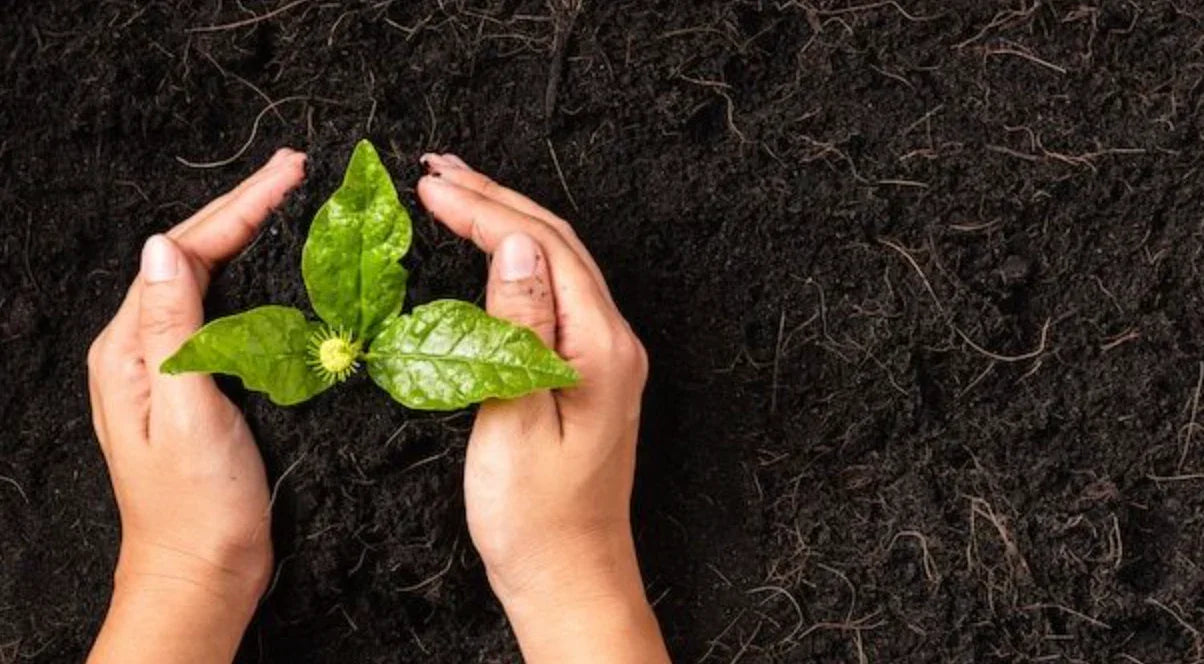
How to Prevent Weeds in Raised Garden Beds
Raised garden beds are a gardener’s dream, offering better soil control, improved drainage, and a tidy growing space. However, weeds can still invade these beds, stealing nutrients and crowding your plants. Preventing weeds in raised garden beds doesn’t have to be a constant battle. With the right strategies, you can keep your garden weed-free and thriving. In this guide, we’ll explore practical, eco-friendly ways to stop weeds before they start, saving you time and effort.
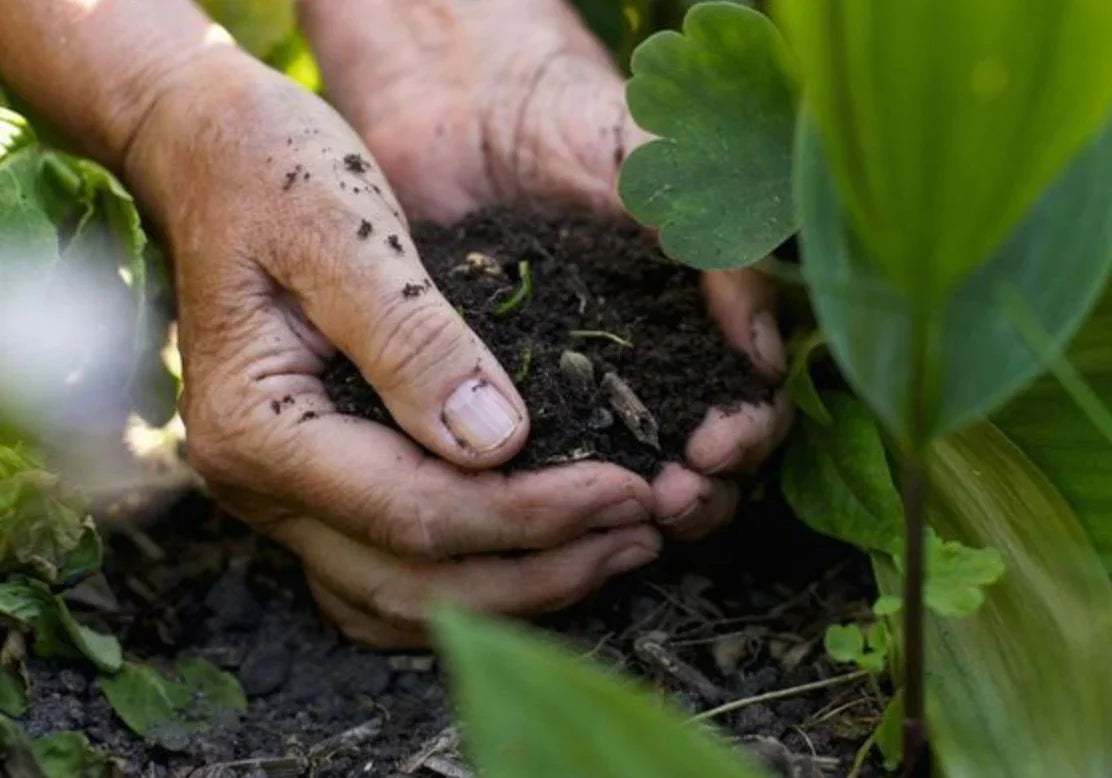
Homemade Organic Fertilizer Recipes for Raised Garden Beds
Raised garden beds are a fantastic way to grow vegetables, herbs, and flowers, offering better drainage and soil control than traditional gardens. To keep your plants thriving, they need nutrients, and homemade organic fertilizers are a budget-friendly, eco-conscious way to provide them. These natural recipes use everyday ingredients to boost soil health and support robust growth. In this guide, we’ll share easy-to-make organic fertilizer recipes tailored for raised garden beds, along with tips to use them effectively.
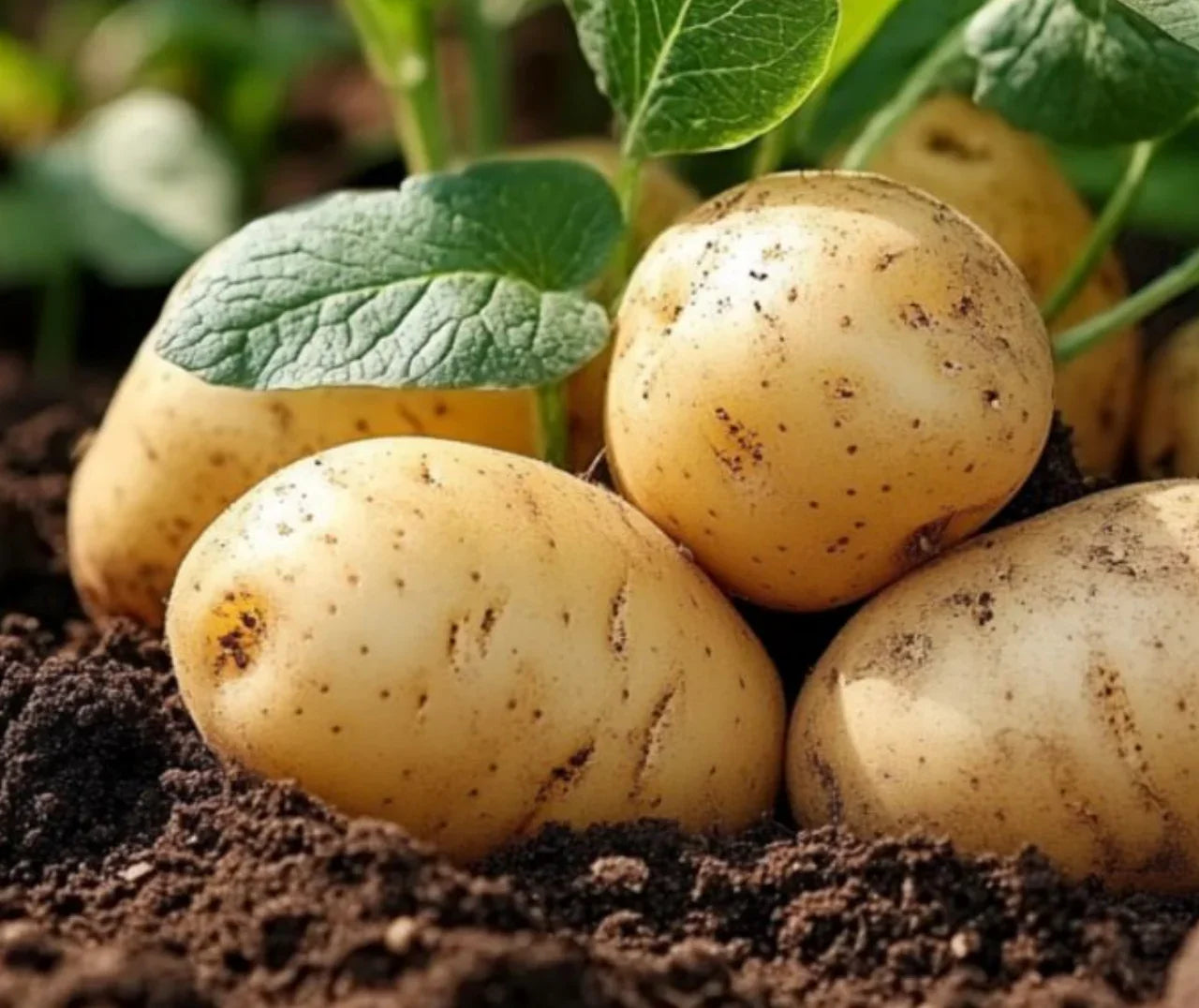
Hilling Potatoes in Raised Gardens: Increasing Tuber Production
Growing potatoes in raised gardens is a game-changer for home gardeners. The controlled environment, great drainage, and easy access make it a perfect setup for spuds. But if you want to boost your harvest, hilling potatoes is the secret weapon. This simple technique encourages your plants to produce more tubers, giving you a bigger, better yield. In this guide, we’ll explore why hilling matters, how to do it in raised gardens, and tips to maximize your potato production.
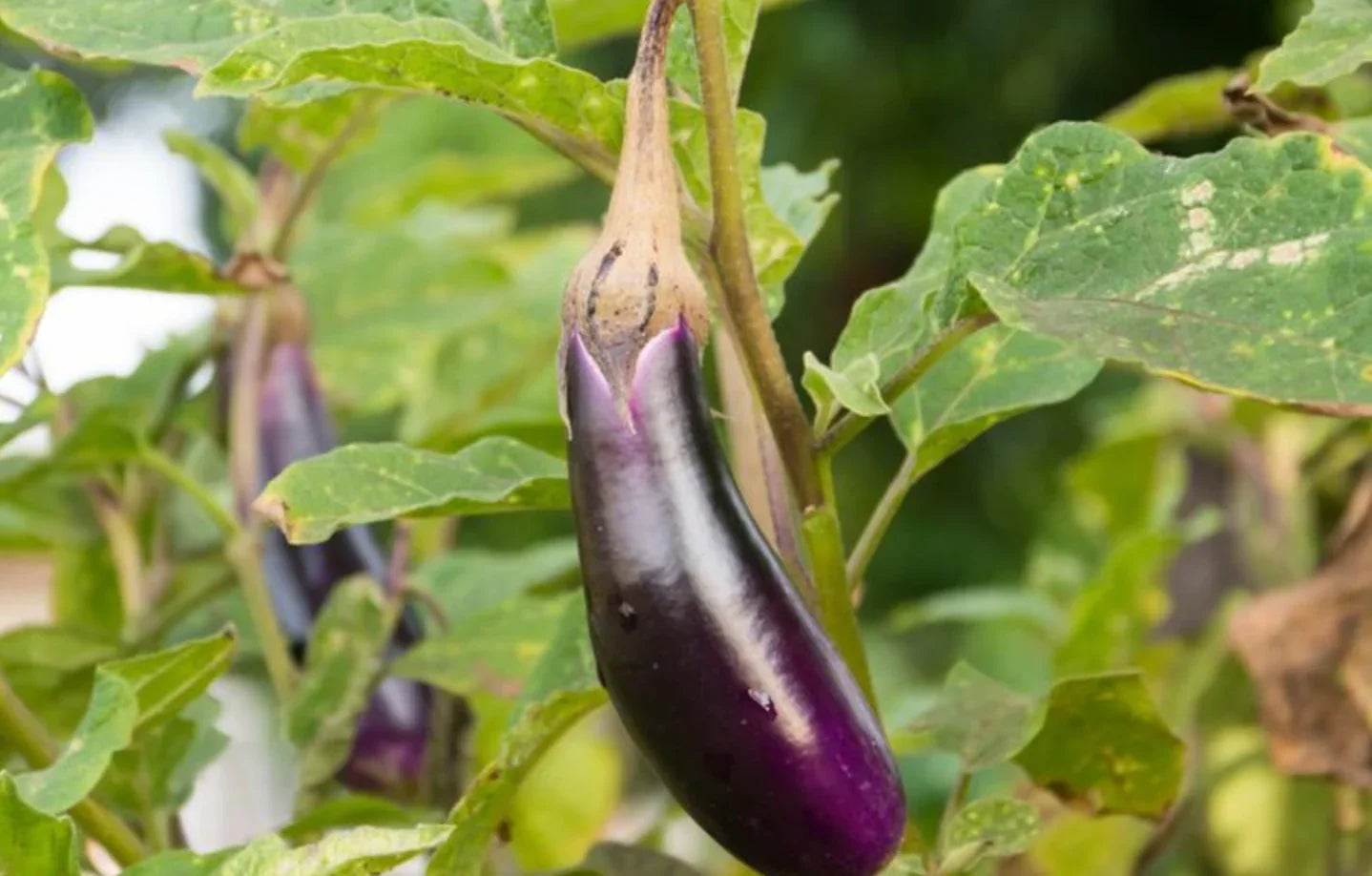
Pruning Eggplants in Raised Gardens: Encouraging Bushy Growth
Eggplants, with their glossy purple fruits and lush foliage, are a favorite in home gardens. Growing them in raised gardens offers excellent drainage and soil control, but to get those full, bushy plants that produce a bumper crop, pruning is key. Proper pruning encourages bushy growth, boosts fruit production, and keeps your eggplants healthy. In this guide, we’ll walk you through why pruning matters, how to prune eggplants in raised gardens, and tips to maximize your harvest.

Pepper Plant Fertilizing Schedule: From Seedling to Harvest
Growing pepper plants is a satisfying journey, especially when you pick those colorful, spicy fruits at harvest time. To make that happen, your peppers need the right nutrients at the right moments. A well-planned fertilizing schedule can transform your plants from fragile seedlings into productive powerhouses. In this guide, we’ll cover everything you need to know about fertilizing pepper plants from seedling to harvest, ensuring healthy growth and a bountiful yield.
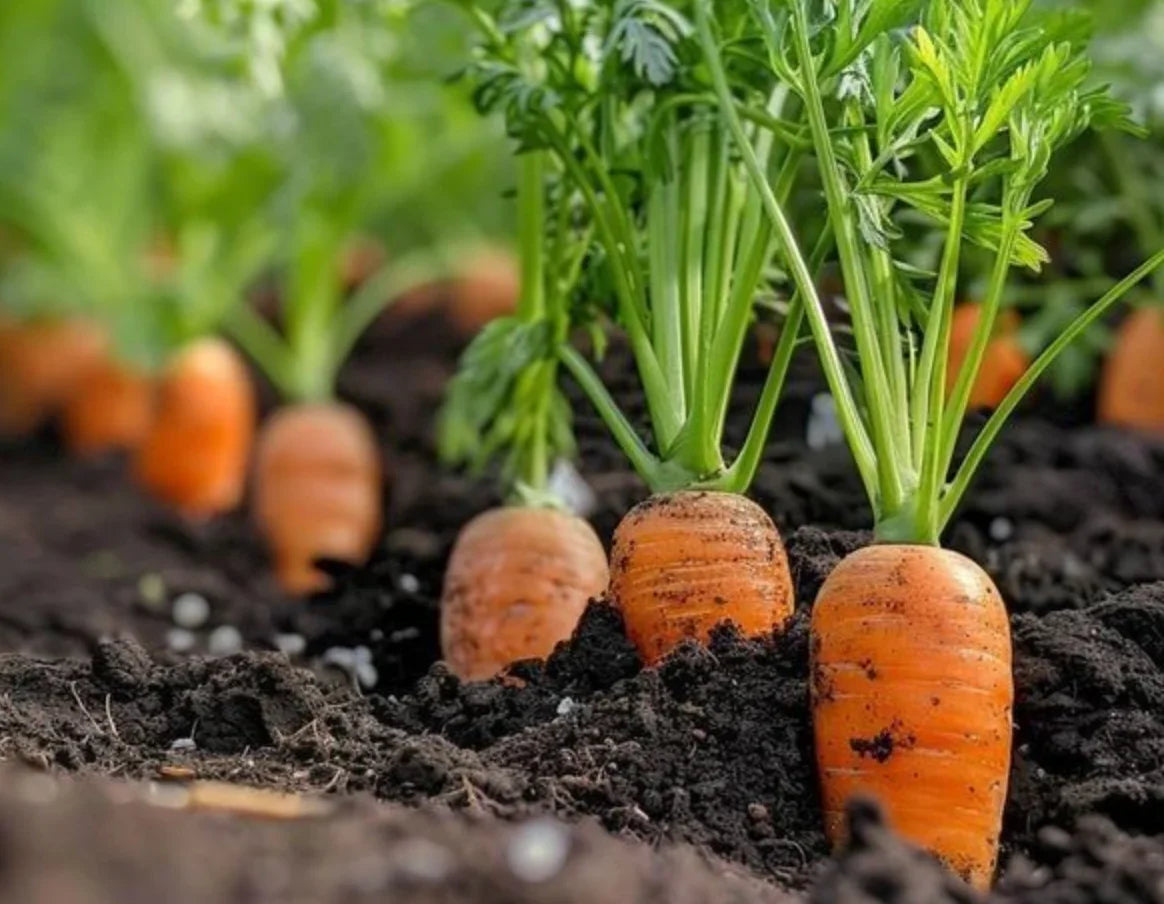
Loosening Soil for Carrots in Raised Beds: Avoiding Misshapen Roots
Carrots are a garden favorite—crisp, sweet, and perfect for everything from salads to stews. But if you’ve ever dug up a carrot and found it twisted, forked, or just plain stubby, you’ve likely encountered the disappointment of misshapen roots. The good news? You can avoid this by focusing on one key factor: the soil. When growing carrots in raised beds, loosening the soil properly sets the stage for straight, healthy roots. Let’s dive into why this matters, how to do it, and some practical tips to keep your carrots looking their best.
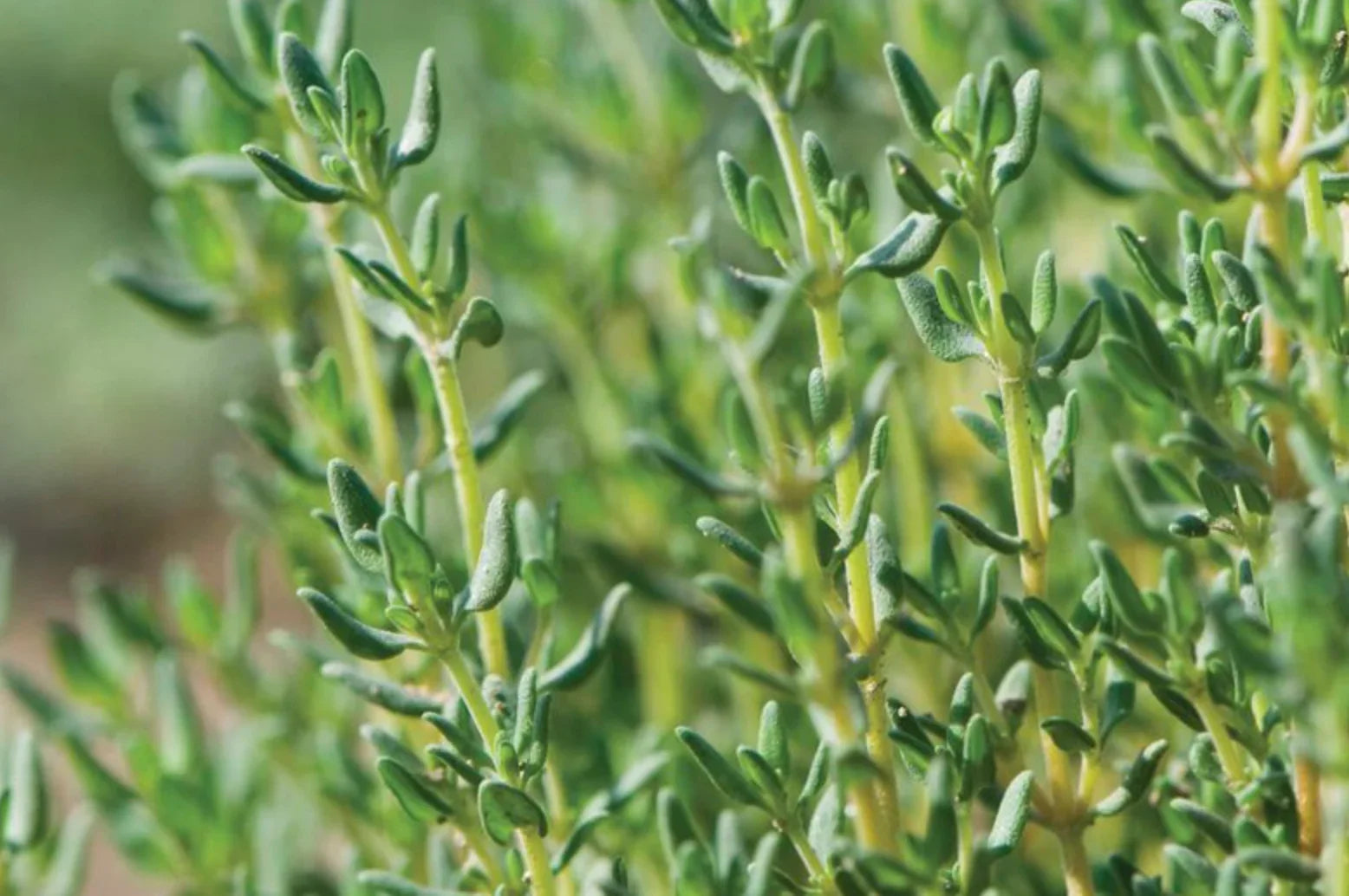
Harvesting Thyme in Raised Gardens: Pruning for Continuous Growth
Thyme is a cherished herb, loved for its fragrant leaves and ability to elevate countless dishes. Growing thyme in raised gardens is a fantastic option for gardeners of all levels, offering a practical way to enjoy fresh herbs at home. Raised gardens come with benefits like improved drainage and soil control, which suit thyme perfectly. In this article, we’ll walk you through how to harvest thyme in raised gardens and share pruning tips to keep it growing strong all season long.

Growing Cacti in Raised Garden Beds: Sandy Soil and Minimal Water
Cacti are beloved for their striking appearance and ability to flourish with little care, making them a fantastic choice for gardeners seeking low-maintenance plants. Growing cacti in raised garden beds, using sandy soil and minimal water, is an ideal method to ensure these desert natives thrive. This approach enhances drainage, mimics their natural habitat, and simplifies care. In this article, we’ll dive into the benefits of raised garden beds for cacti, how to select the perfect sandy soil mix, effective watering strategies, top cacti varieties for raised beds, and practical maintenance tips.
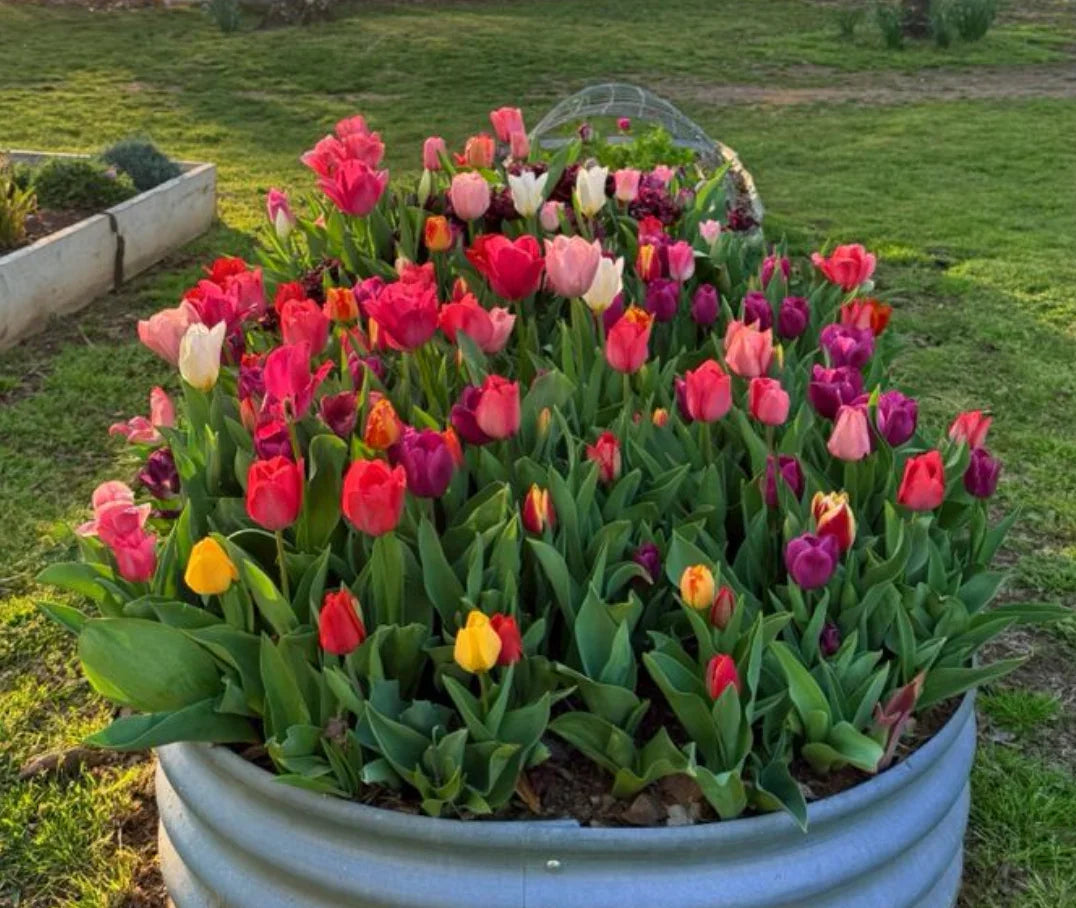
Growing Roses in Raised Beds: Soil Amendments for Vibrant Blooms
Roses are the rock stars of any garden, with their stunning blooms and sweet fragrance. Growing them in raised beds is a fantastic way to control soil quality and create the perfect environment for vibrant, healthy flowers. But roses are picky—they need nutrient-rich, well-draining soil to shine. The secret lies in soil amendments, which can transform your raised bed into a rose paradise. In this guide, we’ll explore how to prep your soil and keep your roses blooming beautifully.
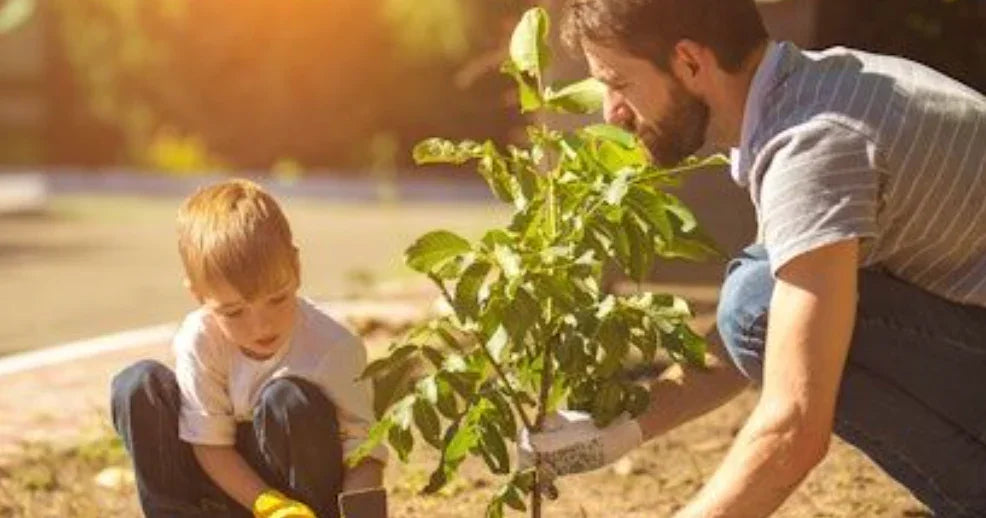
Eight DIY Gardening Projects for Father’s Day: Create Together with Dad
Father’s Day is the perfect time to celebrate the special connection between dads and their kids. What better way to mark the occasion than by teaming up for a DIY gardening project? These hands-on activities let you create something beautiful for your garden while building lasting memories together. Gardening teaches patience, responsibility, and the joy of watching things grow—much like the bond between a father and child. Whether you have a big backyard or just a small balcony, these eight projects are fun, educational, and perfect for quality time this Father’s Day.
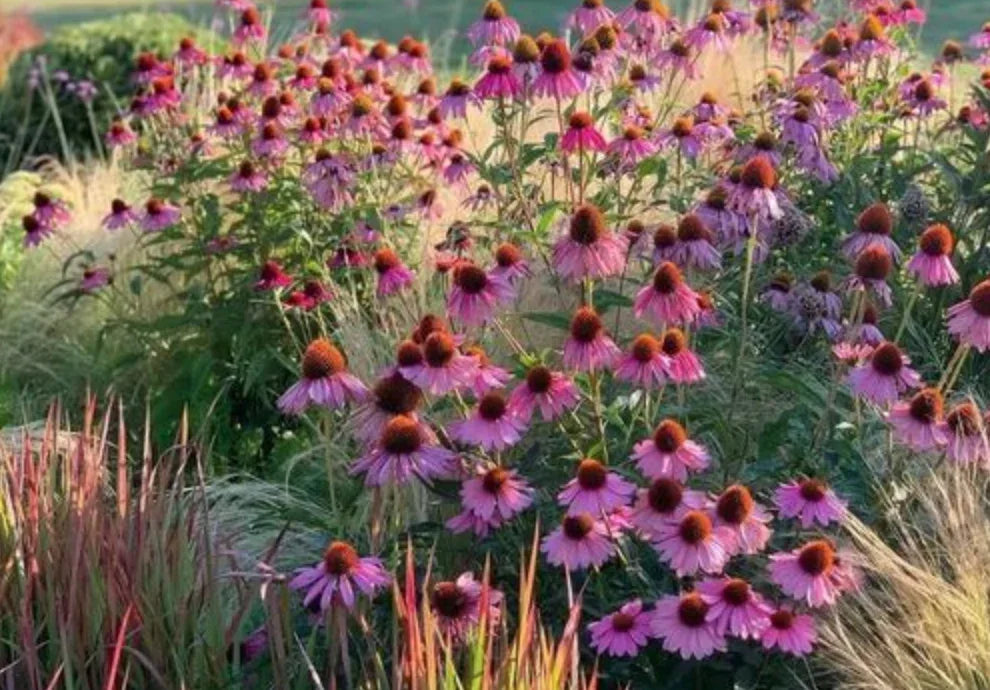
7 Best Drought-Resistant Plants for Summer Gardens
Summer can be tough on gardens, especially when water is limited. Drought-resistant plants are a fantastic way to keep your garden thriving with minimal effort. These hardy plants not only survive dry spells but also add color, texture, and life to your outdoor space. Whether you’re dealing with scorching heat or water restrictions, these seven drought-resistant plants are perfect for creating a stunning summer garden that’s both beautiful and sustainable.
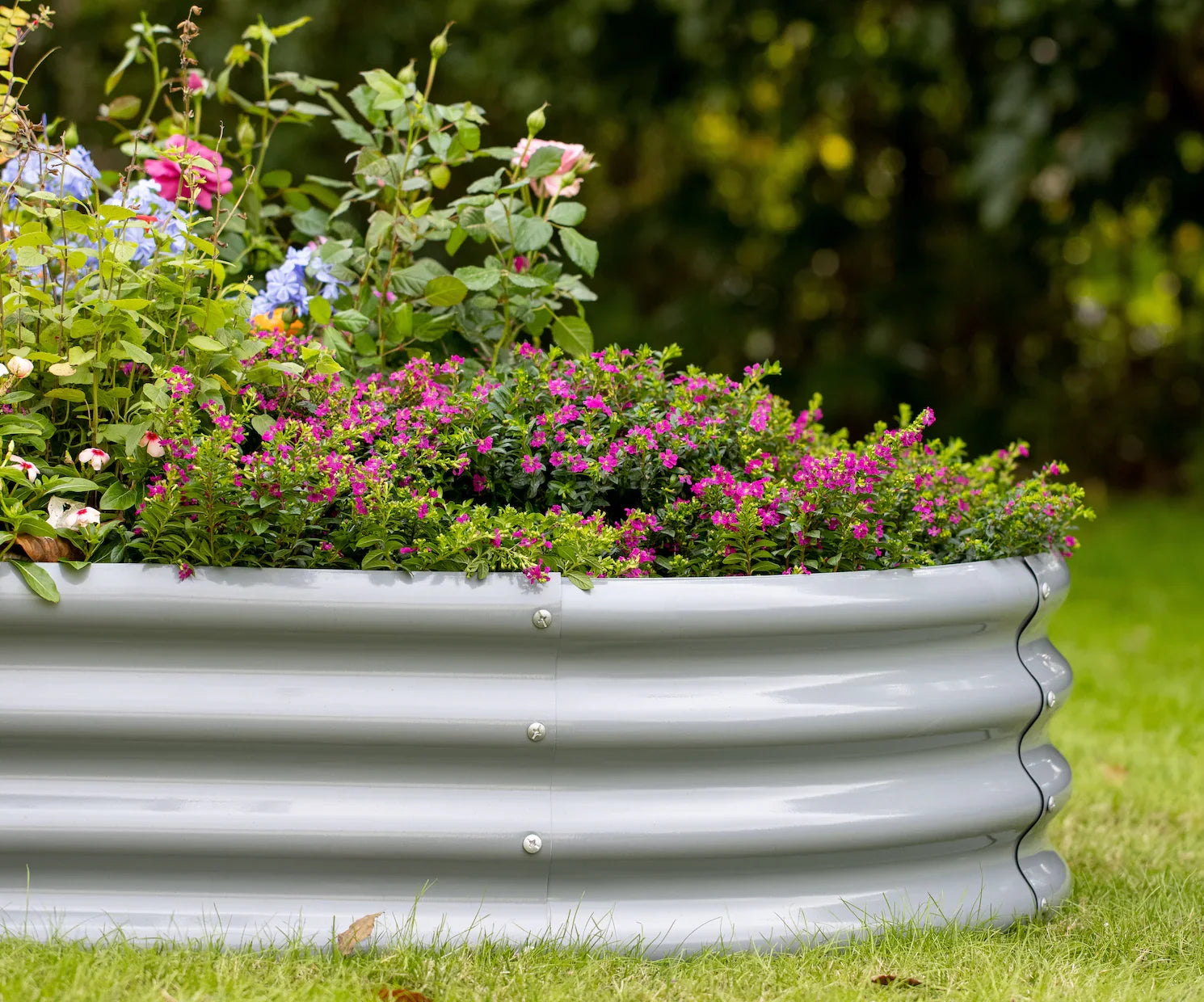
Ideas for Designing a Raised Garden Bed: Functional & Aesthetic Solutions
Raised garden beds are a fantastic way to elevate your gardening game. These elevated plots, framed with materials like wood or stone, offer practical benefits while adding charm to your outdoor space. Whether you’re growing veggies, flowers, or herbs, a well-designed raised bed can make gardening easier and more enjoyable. Let’s dive into some ideas to create a raised garden bed that’s both functional and beautiful.
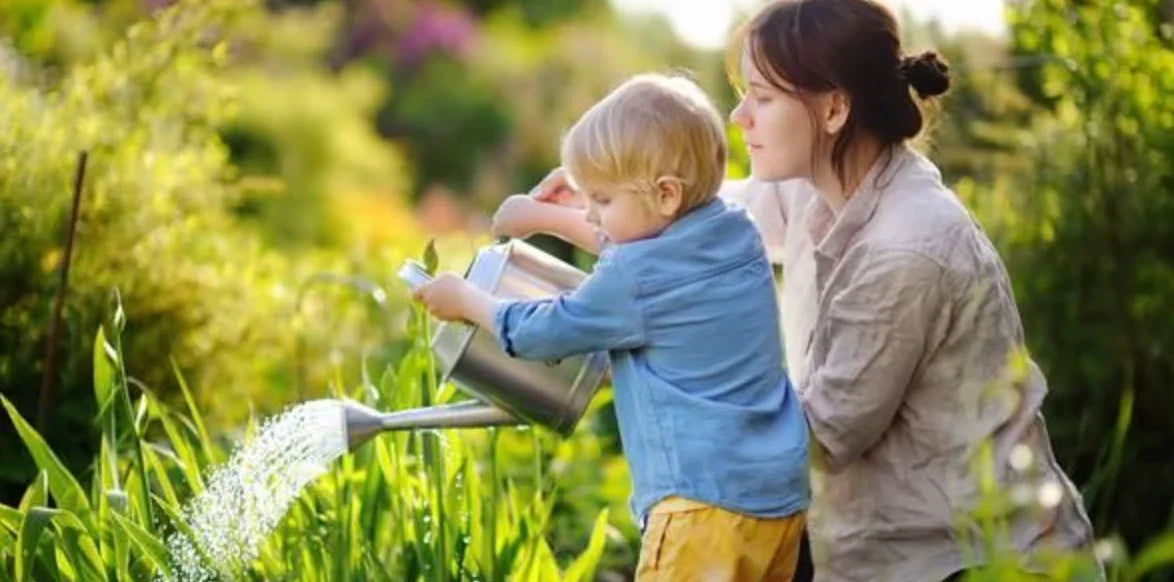
5 Fun Edible Flowers Perfect for Parent-Child Planting
Gardening with kids is a wonderful way to spend quality time together while teaching them about nature and responsibility. Planting edible flowers takes this experience to the next level—combining the joy of growing something beautiful with the excitement of eating it! These colorful blooms can brighten your garden and your meals, making them perfect for a parent-child project. Here are five fun edible flowers that are easy to grow and enjoy together.
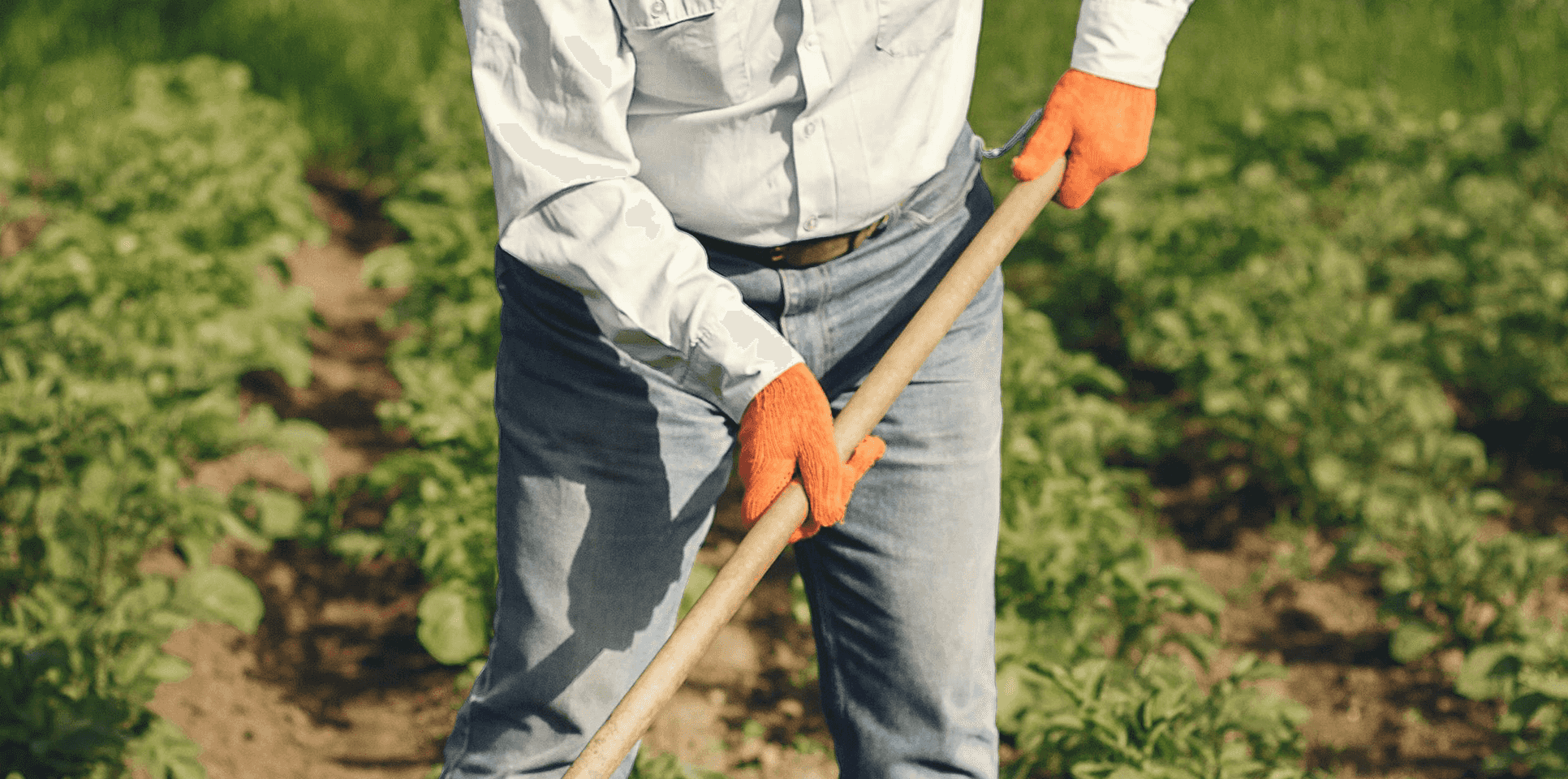
Easy-to-Grow Vegetables Perfect for Fall and Winter Planting
Strong results in cold months: kale, spinach, carrots, garlic. Learn timing, soil prep, companion planting, and frost protection for sweeter, bigger harvests.
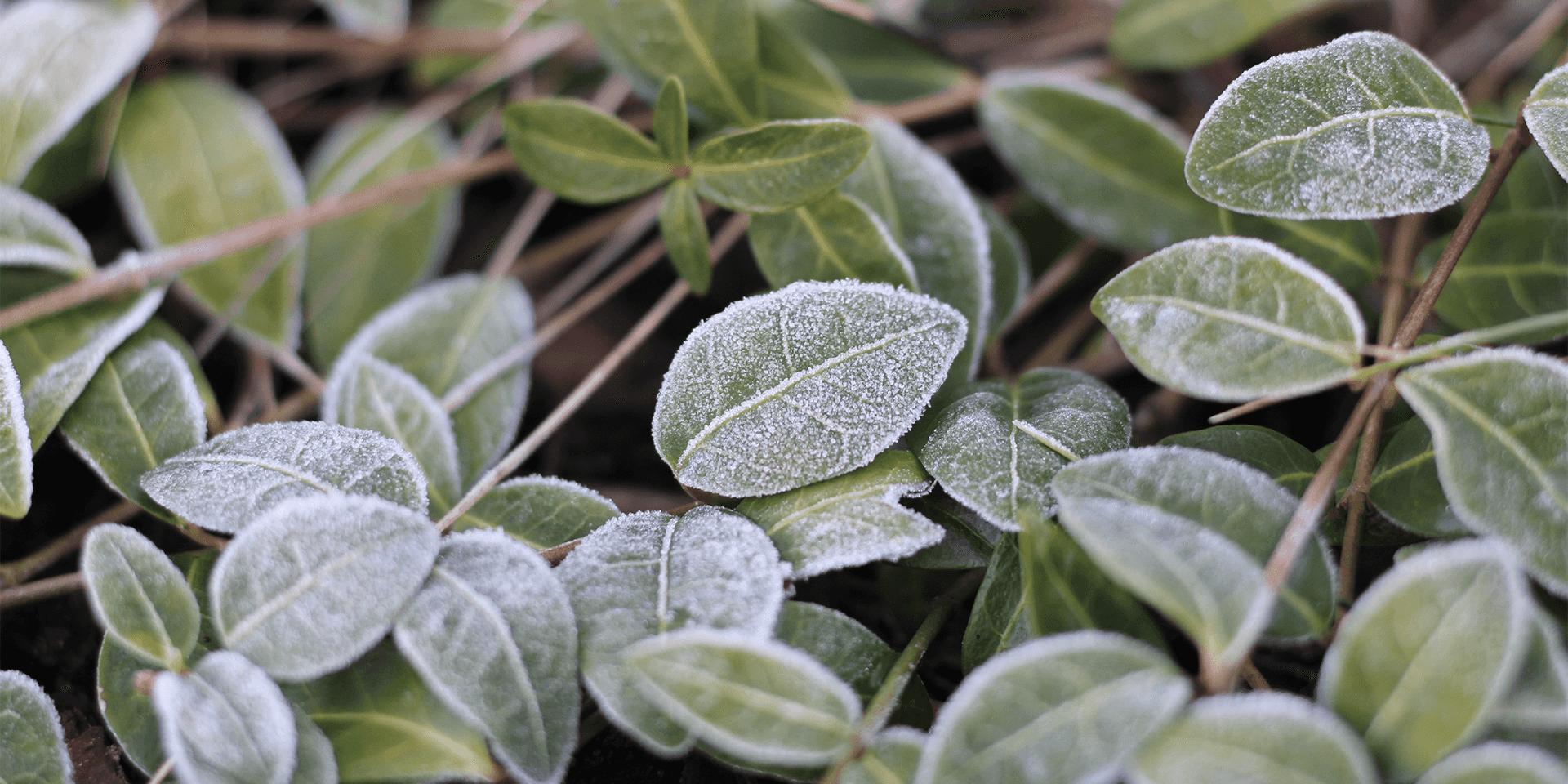
Ultimate Guide to Growing Vegetables in Fall and Winter
Don't stop gardening in summer! Learn to plant 10+ hardy vegetables for a delicious winter harvest. Get simple tips for frost protection and raised beds.
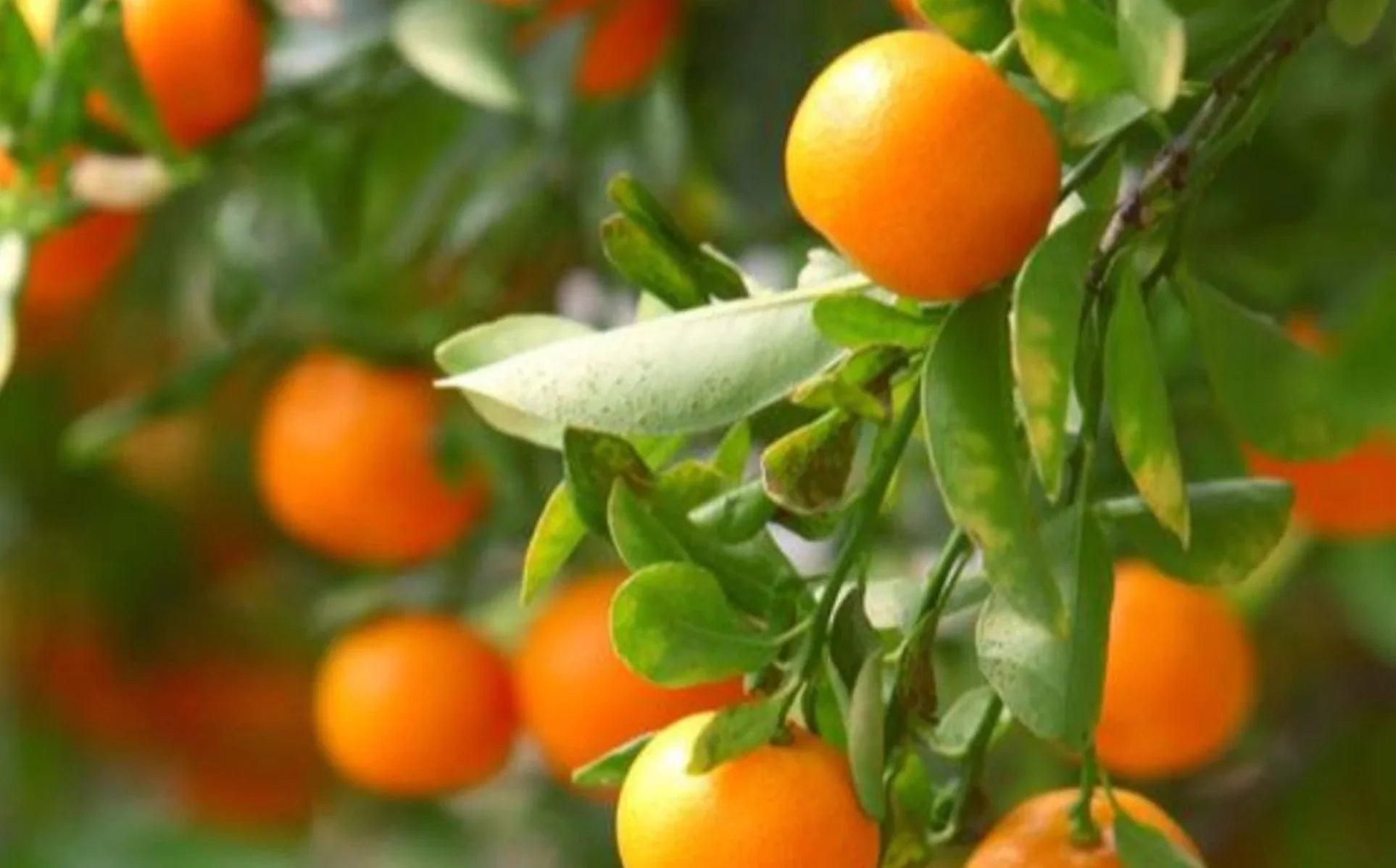
How to Grow Citrus Trees in Raised Beds
Growing citrus trees in raised beds is a fantastic option for gardeners who want fresh lemons, oranges, or limes but face challenges like poor soil or limited space. Raised beds give you control over soil quality, improve drainage, and make tending your trees easier. In this guide, we’ll cover everything you need to know to grow healthy citrus trees in raised beds, from picking the perfect spot to keeping them thriving year-round.
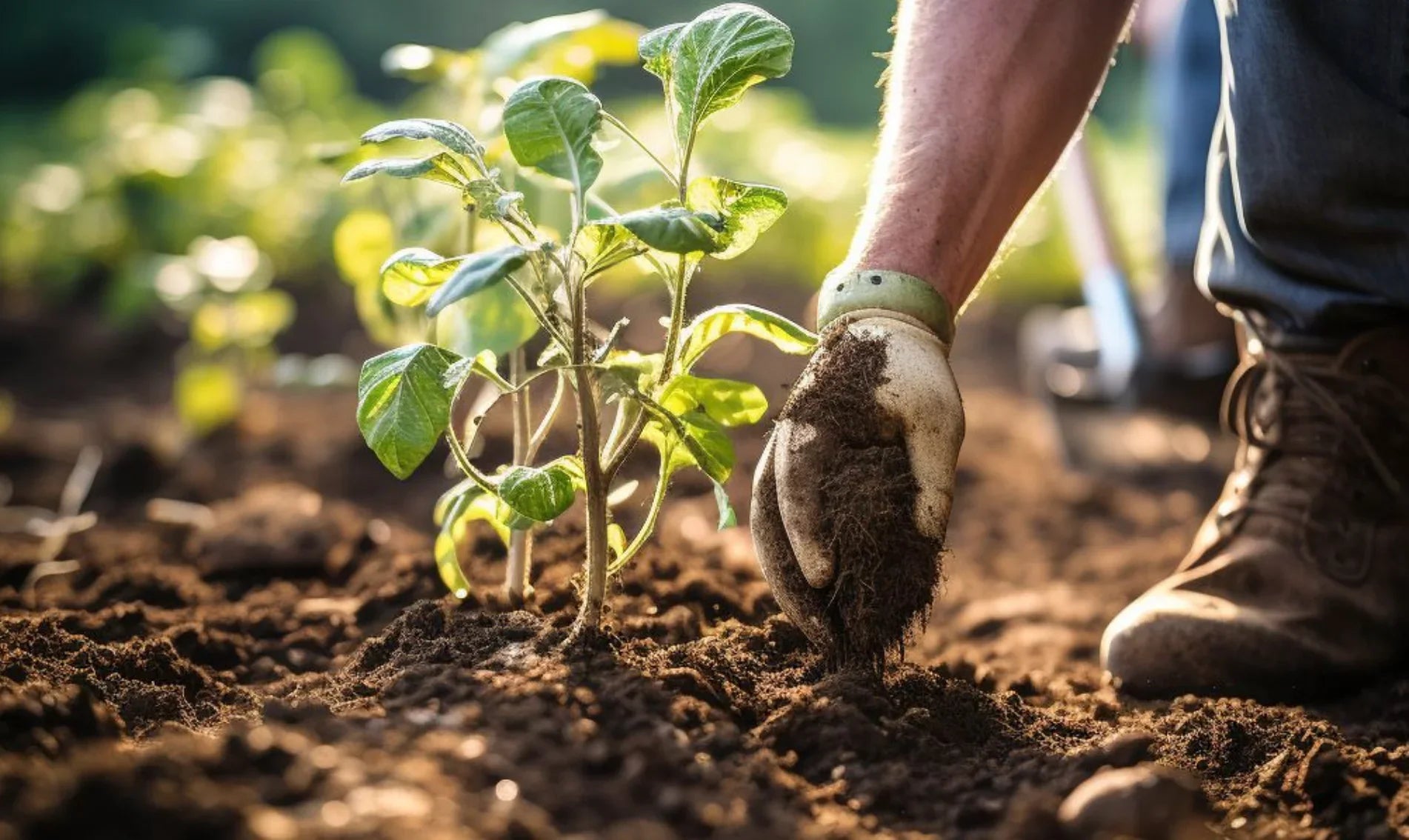
How to Prevent Root Rot in Garden Beds
Root rot is a gardener’s nightmare—a sneaky condition that can turn healthy, vibrant plants into drooping, lifeless ones almost overnight. It happens when plant roots start to decay, usually because of too much water and not enough drainage, giving fungi or bacteria the perfect chance to take hold. Once it sets in, root rot is tough to fix, and you might end up losing plants you’ve spent months nurturing. The good news? You don’t have to let it get that far. With a few smart strategies, you can keep root rot at bay and maintain a thriving garden bed. In this article, we’ll walk you through practical steps to prevent root rot, so your plants stay strong and your garden flourishes.

5 Salad Stars You Can Grow in One Raised Bed
Salad greens and vegetables are a versatile and rewarding addition to any garden, offering fresh, nutrient-packed ingredients for healthy meals. Growing them in a raised garden bed is ideal, as it provides excellent drainage, customizable soil, and a compact space perfect for beginners and experienced gardeners. These salad stars are easy to cultivate, quick to harvest, and add vibrant flavors and colors to your plate.
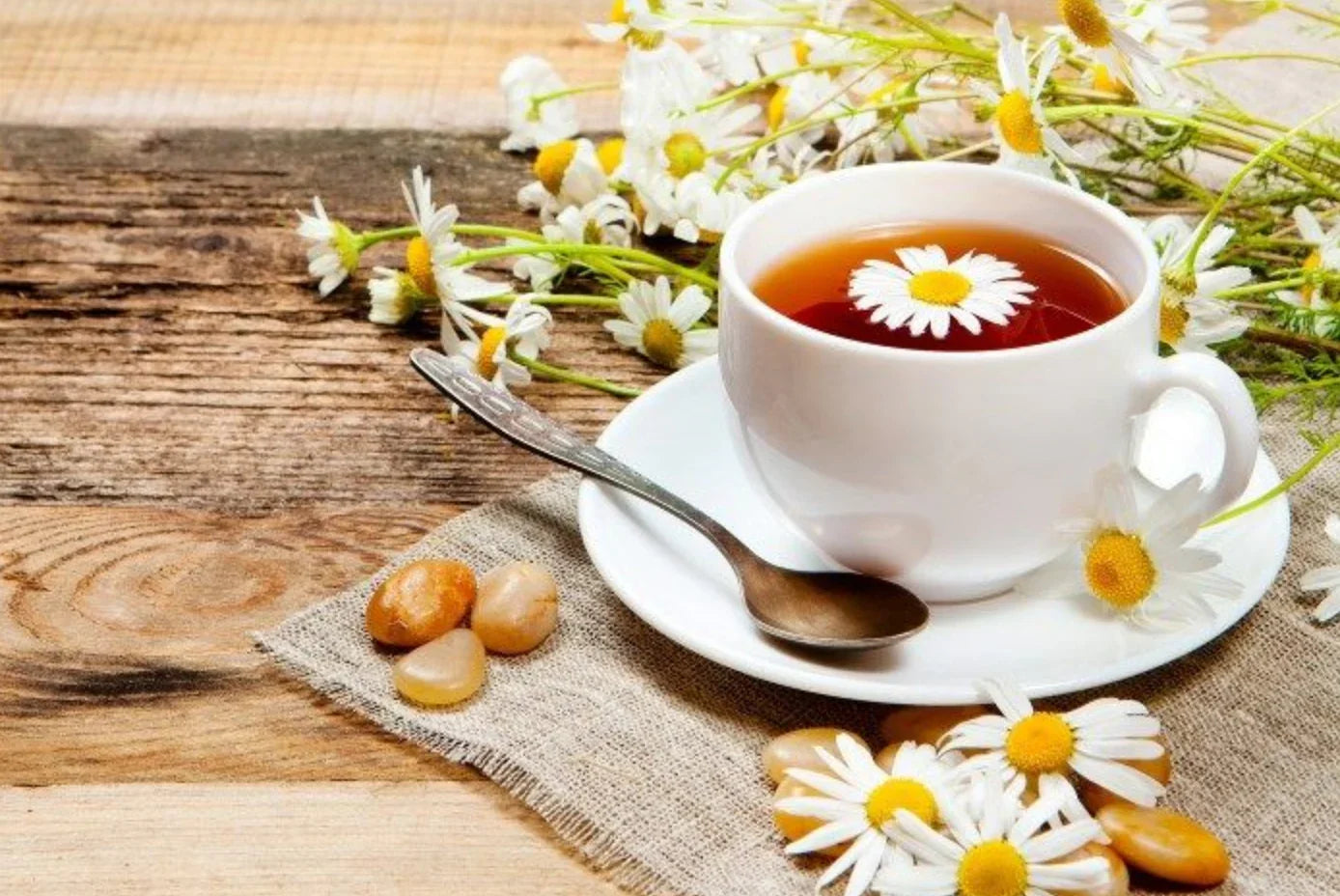
5 Medicinal Herbs to Reduce Stress in Raised Garden Beds
Medicinal herbs are a wonderful addition to any garden, offering natural remedies for stress relief while adding beauty with their lush foliage and fragrant blooms. Growing these herbs in raised garden beds is ideal, as it ensures excellent drainage, customizable soil, and easy maintenance, making them perfect for beginner and seasoned gardeners alike. These herbs are not only therapeutic but also versatile, used in teas, tinctures, or aromatherapy to promote relaxation and well-being.
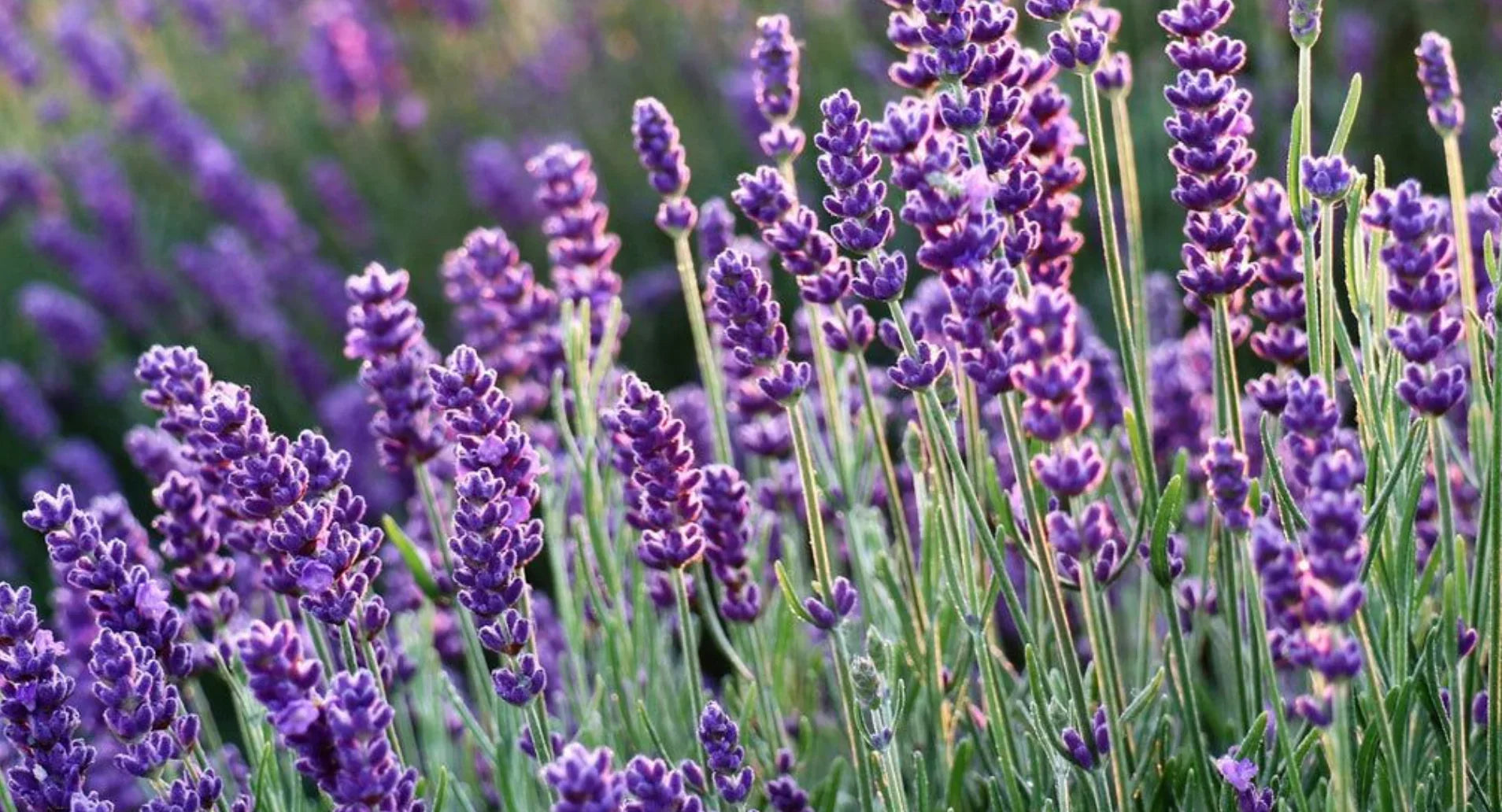
8 Fragrant Flowers for Raised Beds: Turn Your Garden into a Scented Paradise
Gardens are more than just visual feasts—they can also be a haven for the senses. If you’ve ever strolled past a bed of blooming lavender or caught a hint of jasmine in the evening breeze, you already know how powerful fragrance can be. Pair that with the practicality and beauty of raised beds, and you’ve got a winning combination. In this article, we’ll walk through 10 fragrant flowers perfect for raised beds that can turn any outdoor space into a scented sanctuary—while keeping things pet-safe and pollinator-friendly.
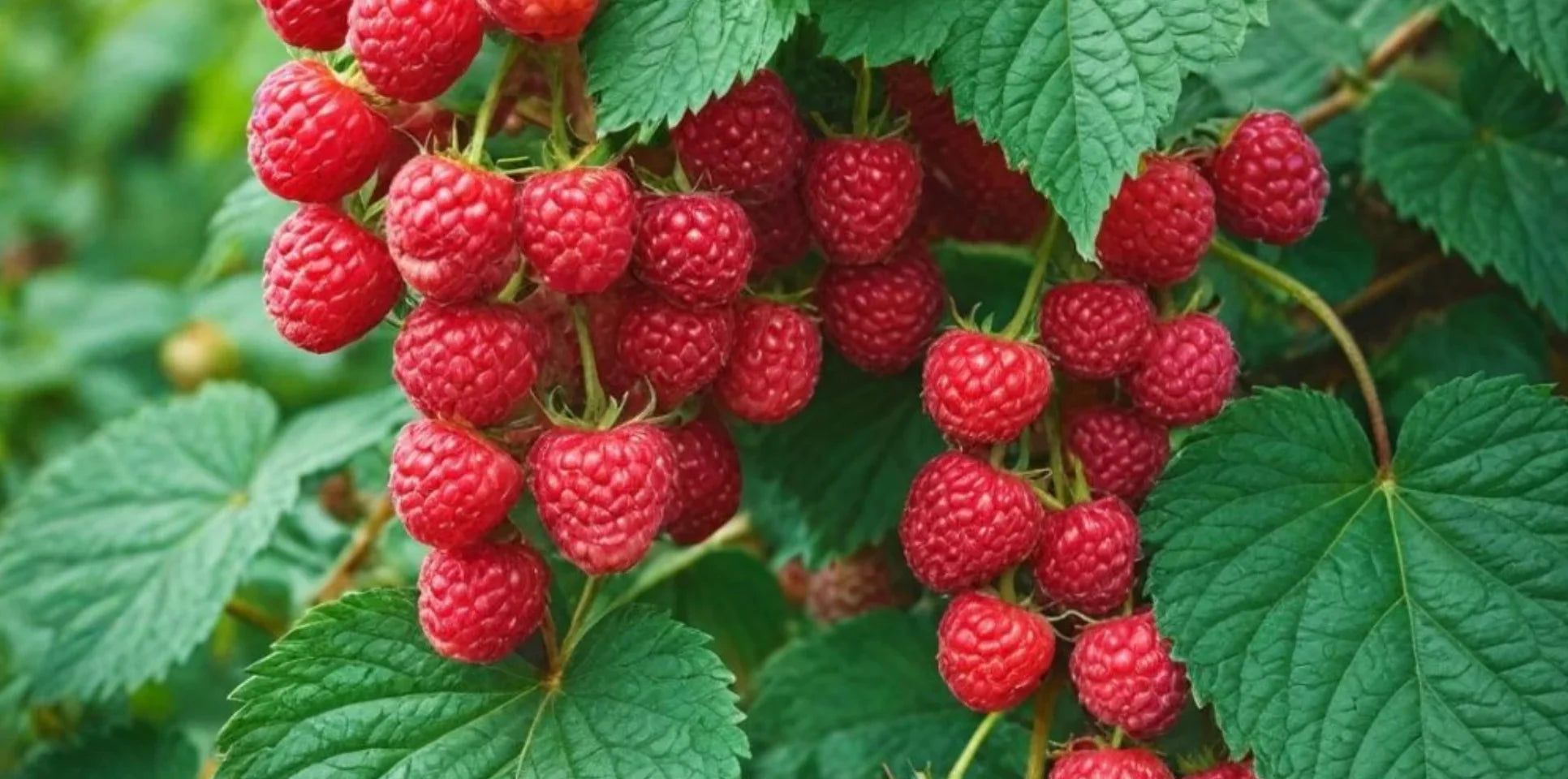
Raspberries vs. Blackberries: Which Thrives Best in Your Greenhouse?
Fellow garden enthusiasts! Nothing beats the joy of biting into juicy, homegrown berries, but outdoor weather can cut the season short or dampen your harvest. Enter the greenhouse—a game-changer for berry lovers! Growing raspberries and blackberries in a greenhouse extends the season, shields plants from pests, and ensures a steady supply of delicious fruit. But which berry reigns supreme in your greenhouse? This article compares raspberries and blackberries, diving into their growing needs, care tips, and suitability to help you pick the perfect crop for your setup.
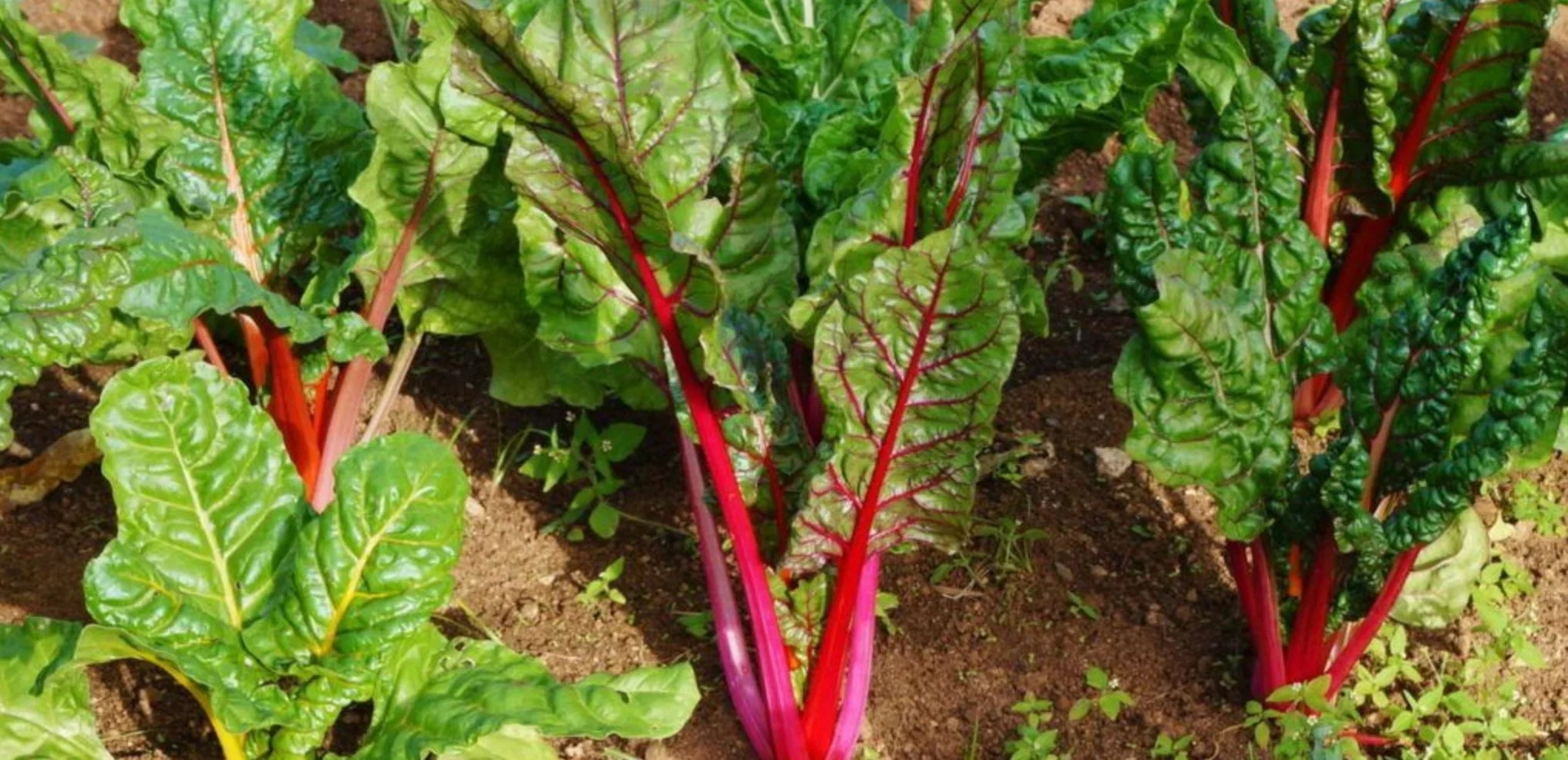
Rainbow Chard for the Garden: Edible Art with Neon Stems
Rainbow chard, with its dazzling neon stems and lush green leaves, is a gardener’s dream, blending stunning aesthetics with practical nutrition. This vibrant vegetable is not only a feast for the eyes but also a nutrient-packed addition to your meals, making it a favorite for home gardeners and food enthusiasts. For those cultivating their own food, rainbow chard is an ideal crop to grow in garden beds, offering ease of care and a bountiful harvest. In this article, we’ll explore the allure of rainbow chard, provide a detailed guide to growing it in your garden bed, share expert tips for success, and inspire you with its culinary versatility. Whether you’re a seasoned gardener or a beginner, rainbow chard will elevate your garden and kitchen with its edible artistry.
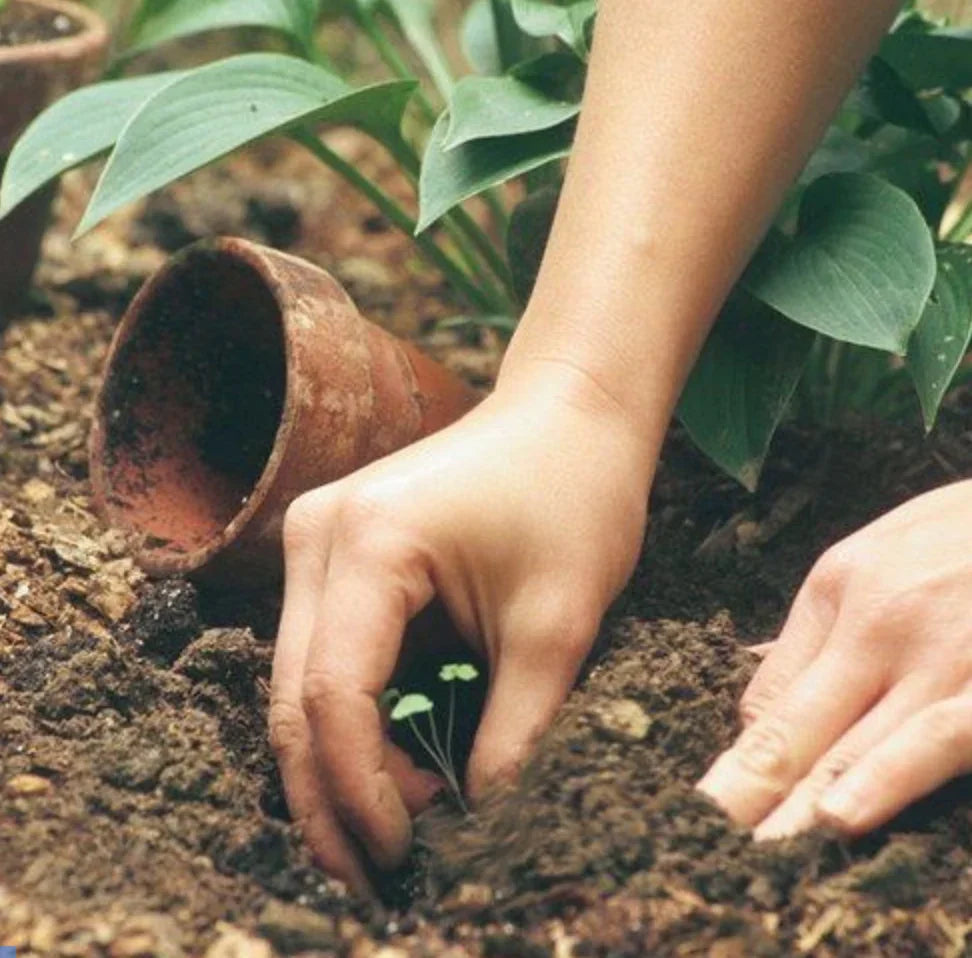
Unlocking Hidden Treasures in Gardening: Surprising Rewards Await
Gardening is a journey of discovery, where every step—from sowing seeds to reaping harvests—brings unexpected rewards. With these tips, you’re ready to unlock nature’s surprises, whether in a rectangular, oval, or galvanized garden bed. Explore our durable raised garden beds, perfect for U.S. gardeners, and start your treasure hunt today. What wonders will you uncover?

Pepper Gardening in a LandGuard Garden Bed
This guide provides essential tips for growing peppers in your LandGuard Garden Bed, covering planting timing, location, and care. Learn about seed starting, companion planting, watering, fertilizing, and pest management to enjoy a bountiful harvest of vibrant and flavorful peppers while enhancing your garden's beauty.
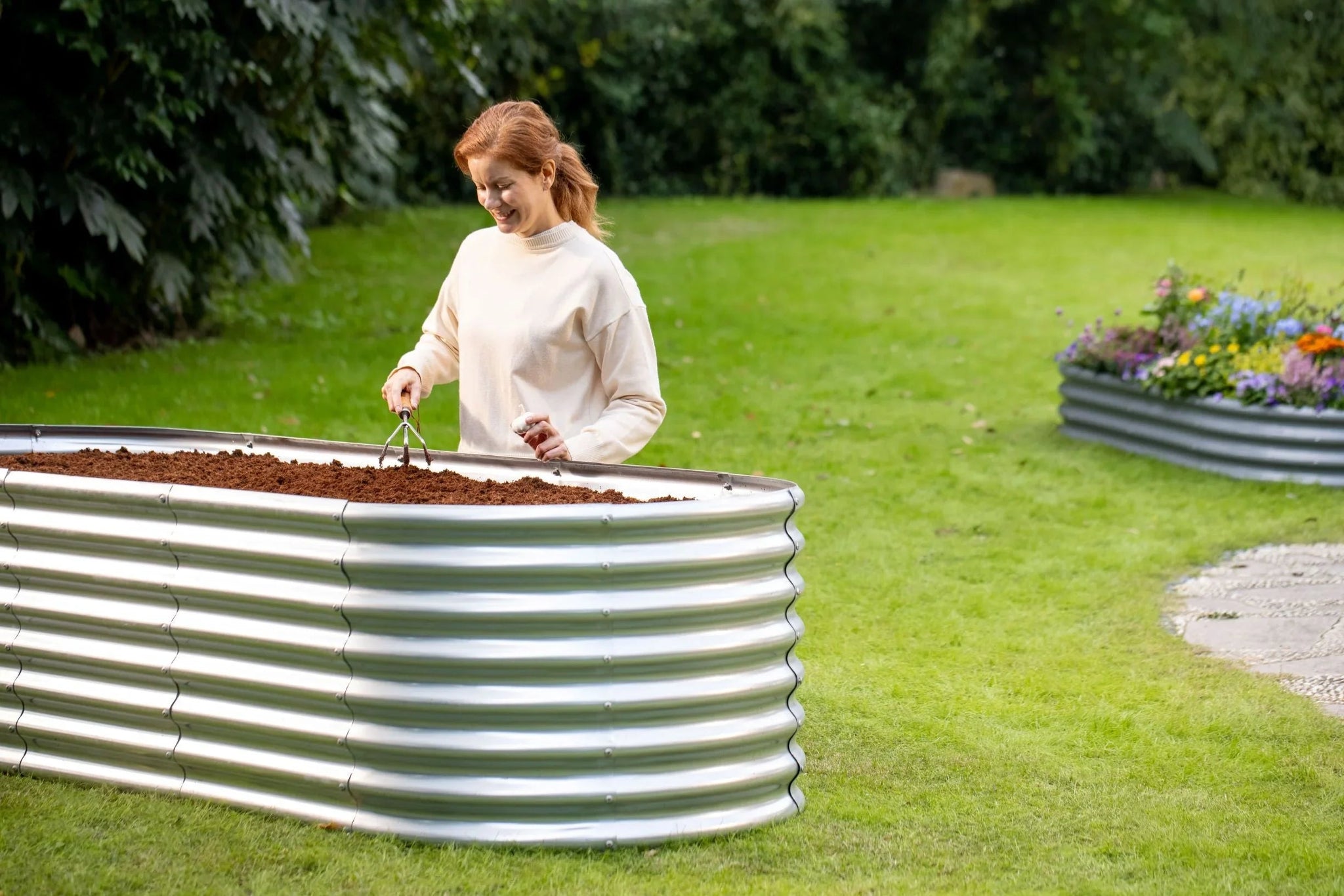
The Ultimate Guide to Growing Potatoes in Your LandGuard Garden Bed
This guide covers how to successfully grow potatoes in your LandGuard Garden Bed, from selecting certified seed potatoes to planting, hilling, and harvesting. Learn essential tips for ensuring healthy tubers, preventing disease, and achieving abundant yields, making your potato gardening experience rewarding and productive.
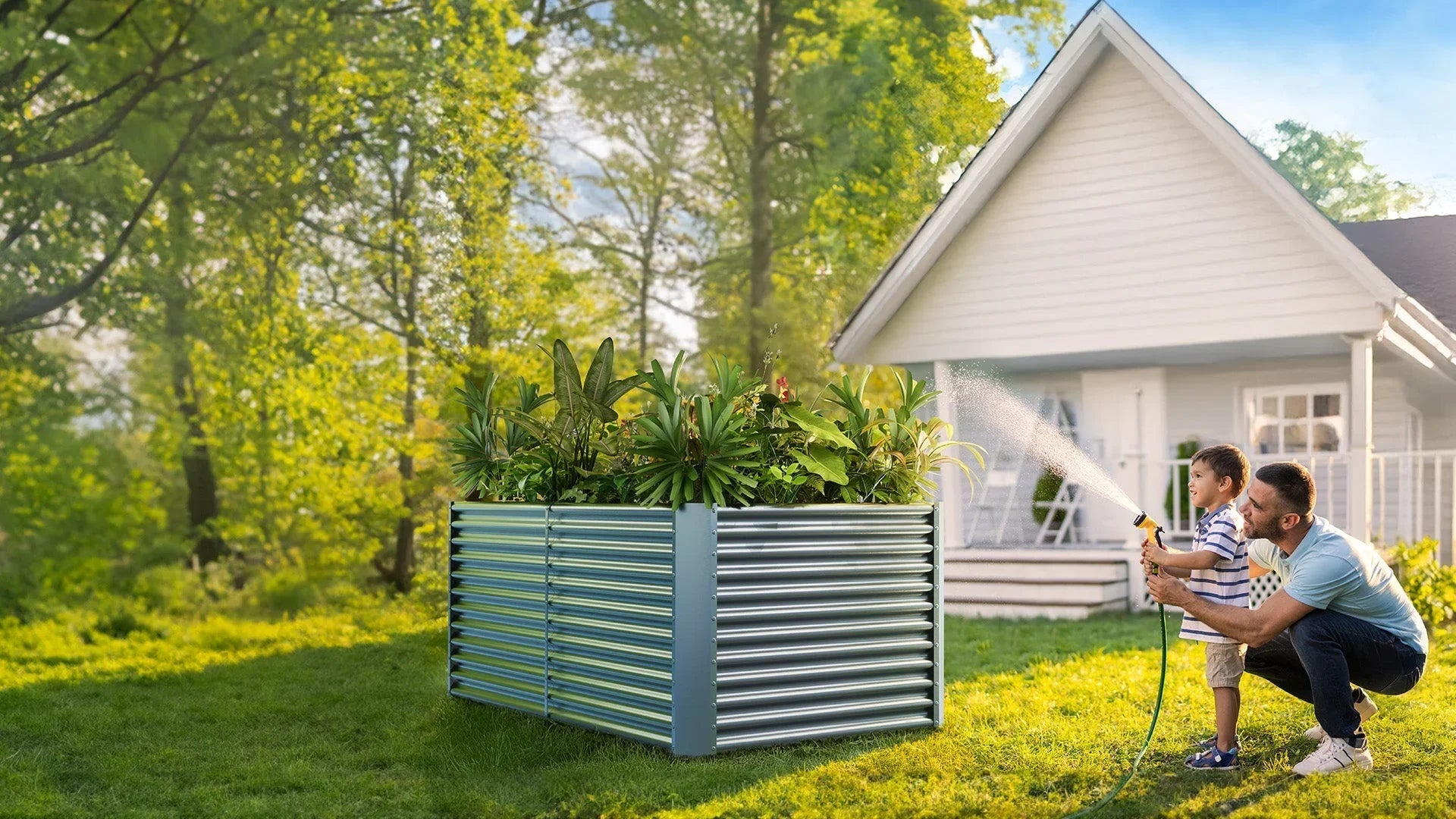
A Beginner's Guide to Growing Tomatoes in Your Garden Bed
This beginner’s guide to growing tomatoes in your LandGuard Garden Bed covers essential topics such as selecting seedlings, optimal planting times, and care tips for watering, fertilizing, and pruning. Learn how to cultivate healthy tomato plants that yield delicious fruits, ensuring a fruitful gardening experience.
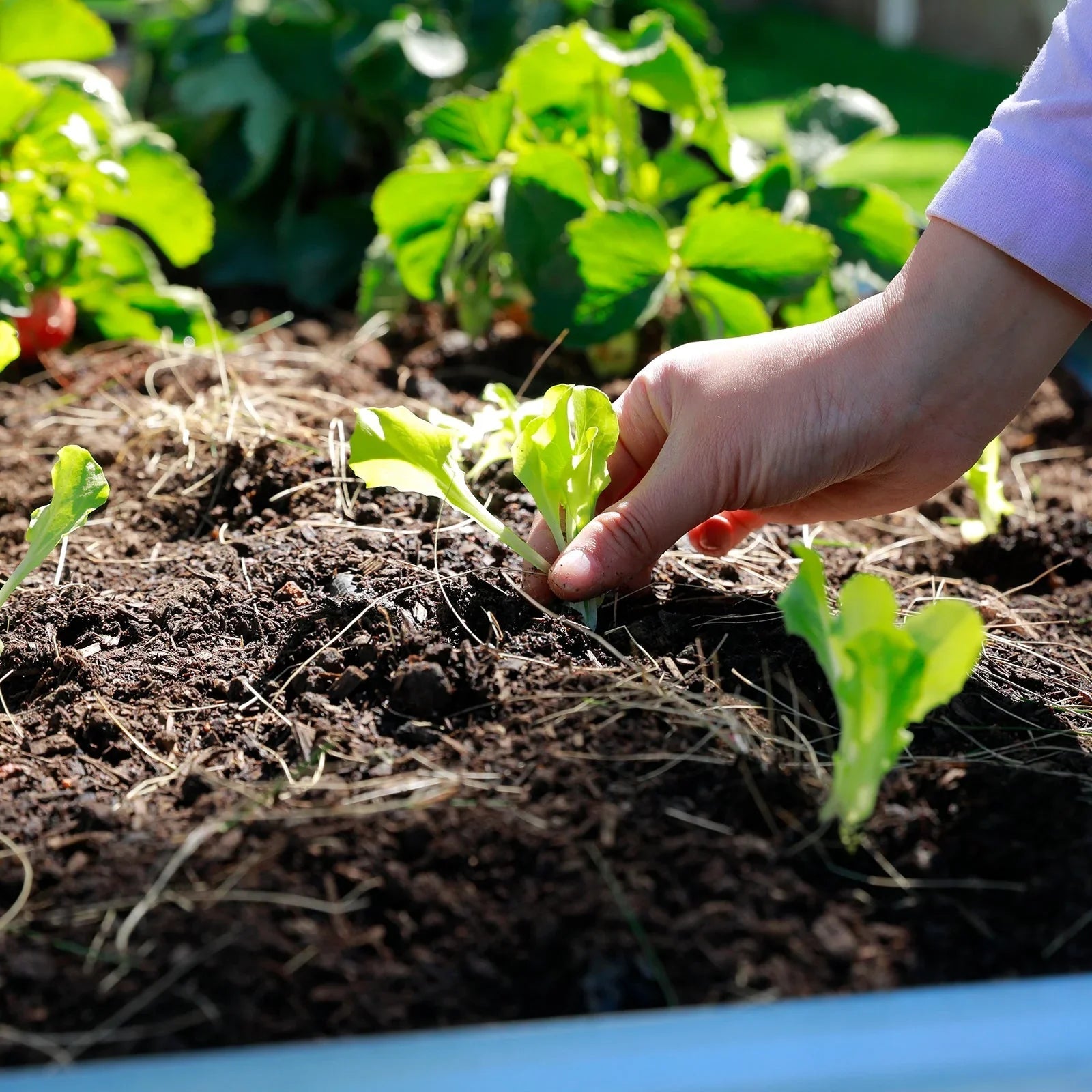
Kickstart Your Spring Garden: A Guide to Starting Seeds Indoors
Kickstart your spring garden by starting seeds indoors! This guide highlights easy-to-grow flowers like marigolds, cosmos, and morning glories, along with practical container options such as recycled materials. With these tips, you can successfully prepare your plants for your LandGuard Garden Bed and enjoy a vibrant garden when the weather warms up.
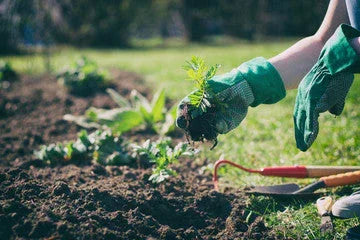
Prepare Your Lawn for Spring: 3 Essential Winter Tasks
Prepare your lawn for a vibrant spring by tackling three essential winter tasks: protect frozen grass from foot traffic, remove winter weeds like dandelions while the soil is moist, and use a mulching mower to recycle fallen leaves for added nutrients. These simple steps, combined with planting in LandGuard Garden Beds, will help ensure a healthy, lush lawn come spring.
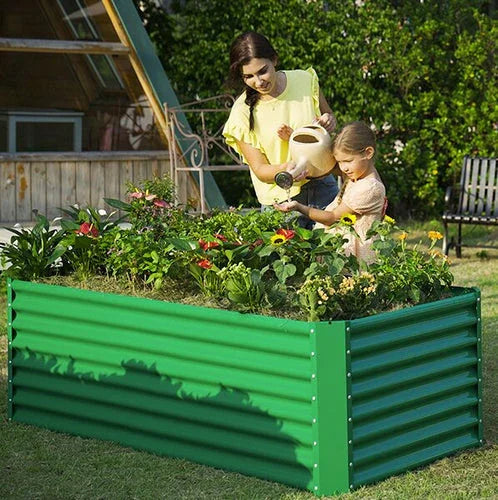
Solutions for Healthy Growth in LandGuard Garden Beds
Preventive measures are essential, and growing aloe in LandGuard Metal Garden Beds enhances drainage, airflow, and ease of maintenance, creating an ideal environment for healthy plants. With prompt action and proper care, you can keep your aloe thriving and pest-free.
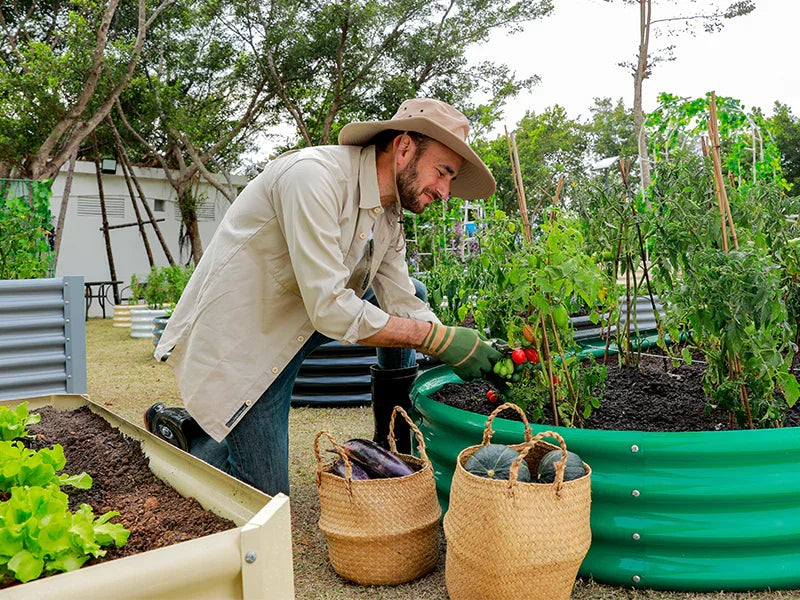
Best Alabama Plants for Home Landscaping
Raised garden beds are a great way to enhance your home landscaping in Alabama. They provide better drainage, easier access for gardening, and a controlled environment for your plants to thrive. With Alabama's hot summers, humid climate, and varied soil types, choosing the right plants for raised beds can help you create a beautiful, low-maintenance garden that flourishes year-round. If you're wondering which flowers/plants are best suited for raised garden beds in Alabama, you're in luck! Here are some of the top choices for plants that not only thrive in Alabama's climate but also do well in raised garden beds.

Vegetable Crops That Do Not Need Pollinators
While many plants benefit from pollinators like bees and butterflies, some vegetable crops are self-pollinating or don’t require pollinators at all. These crops are ideal for gardeners who want to reduce the reliance on pollinators or who have limited access to them. Here are some great vegetable crops to consider for your raised garden beds that do not need pollinators.
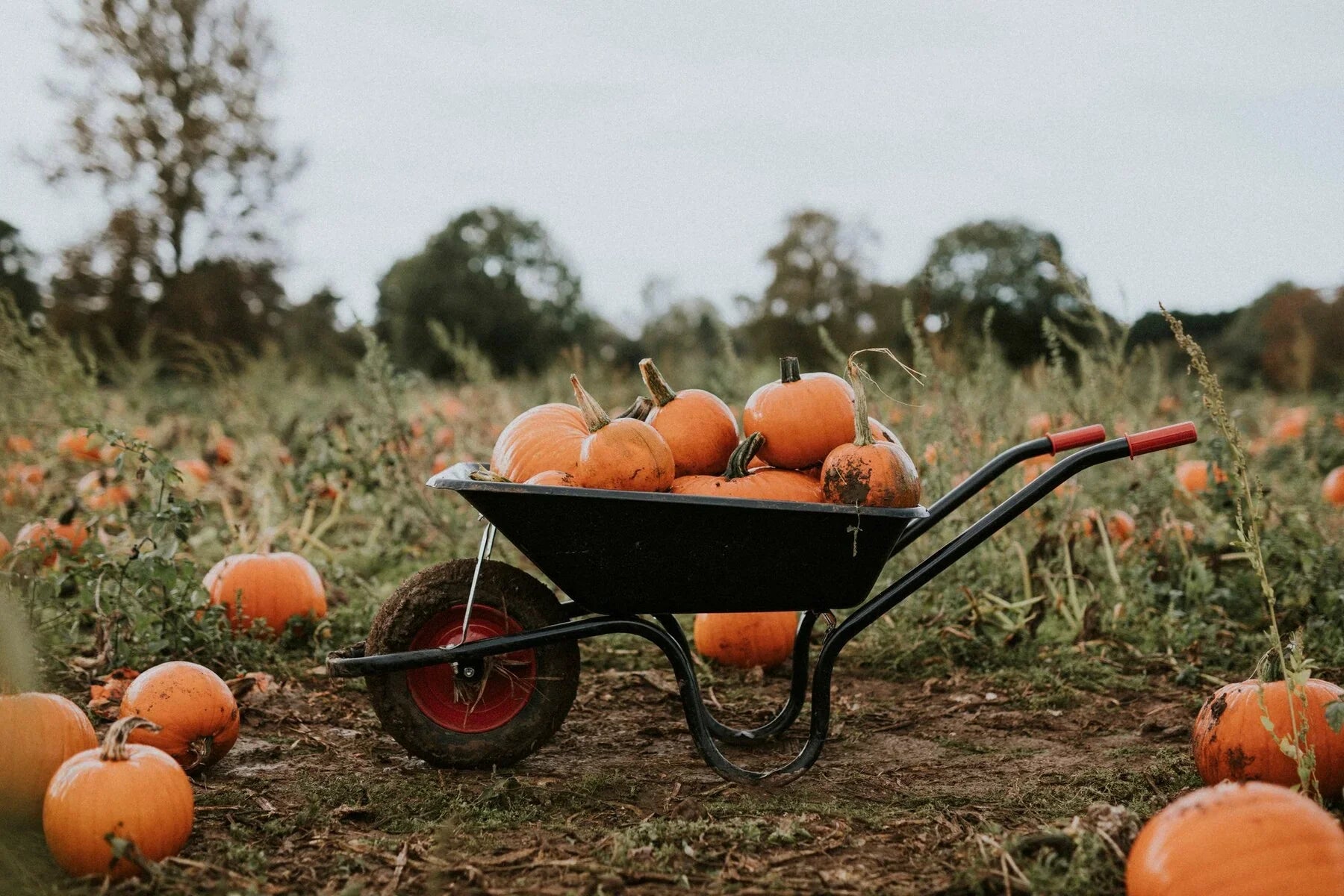
Grow Your Own Pumpkins Even in Small Spaces
Pumpkins are a beloved part of fall, often associated with Halloween and Thanksgiving, but did you know you can grow your own pumpkins even in small spaces like garden beds? With the right approach, you can enjoy fresh, homegrown pumpkins without needing acres of land. Raised garden beds are perfect for small-space gardening, and growing pumpkins in them can be both fun and rewarding!










